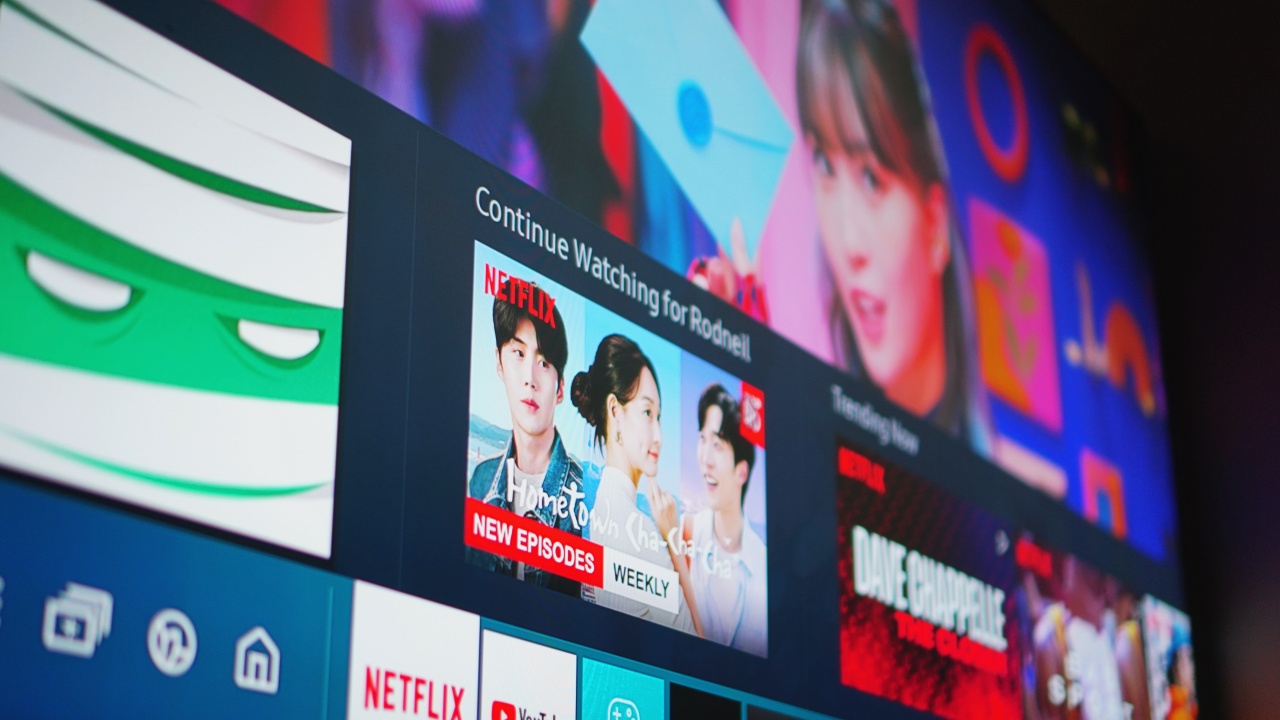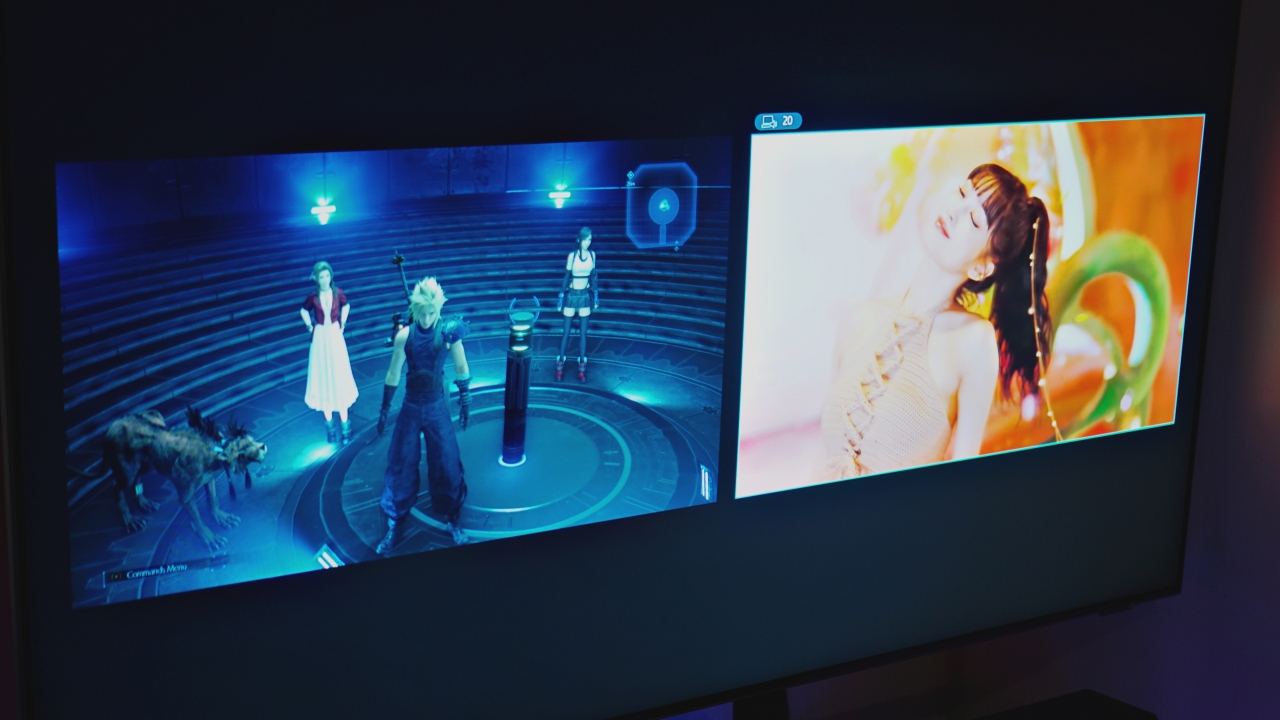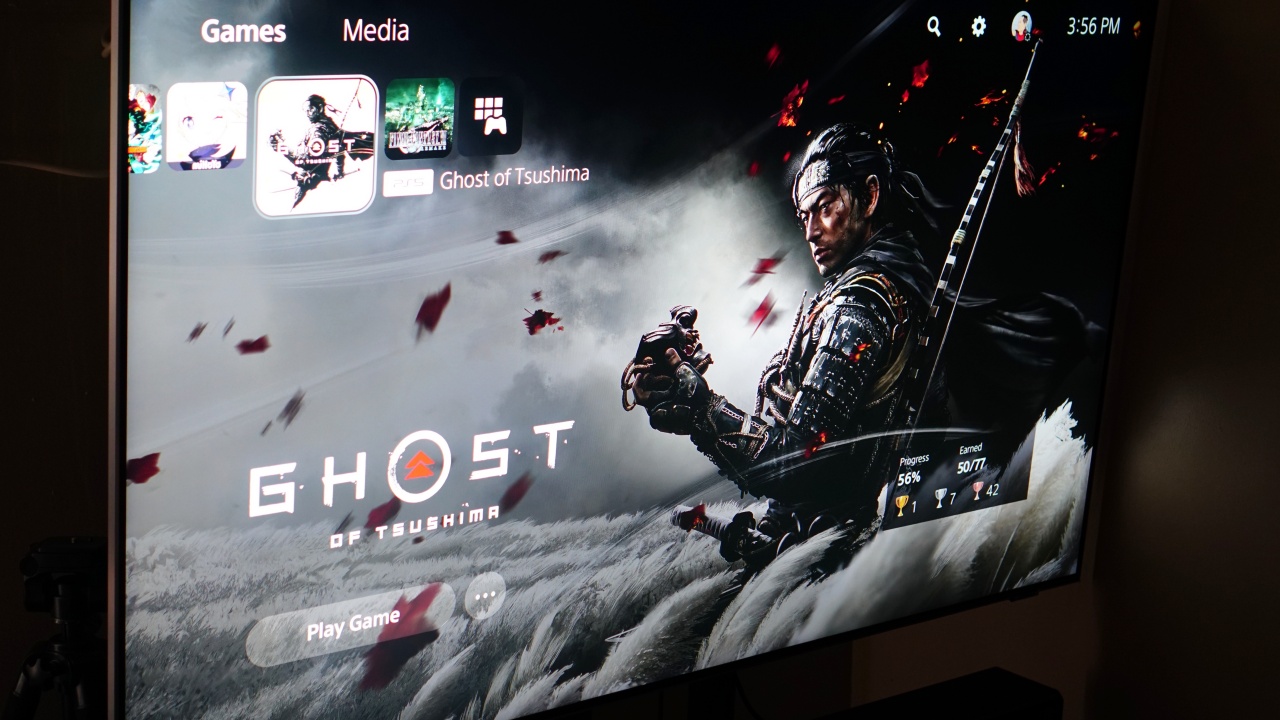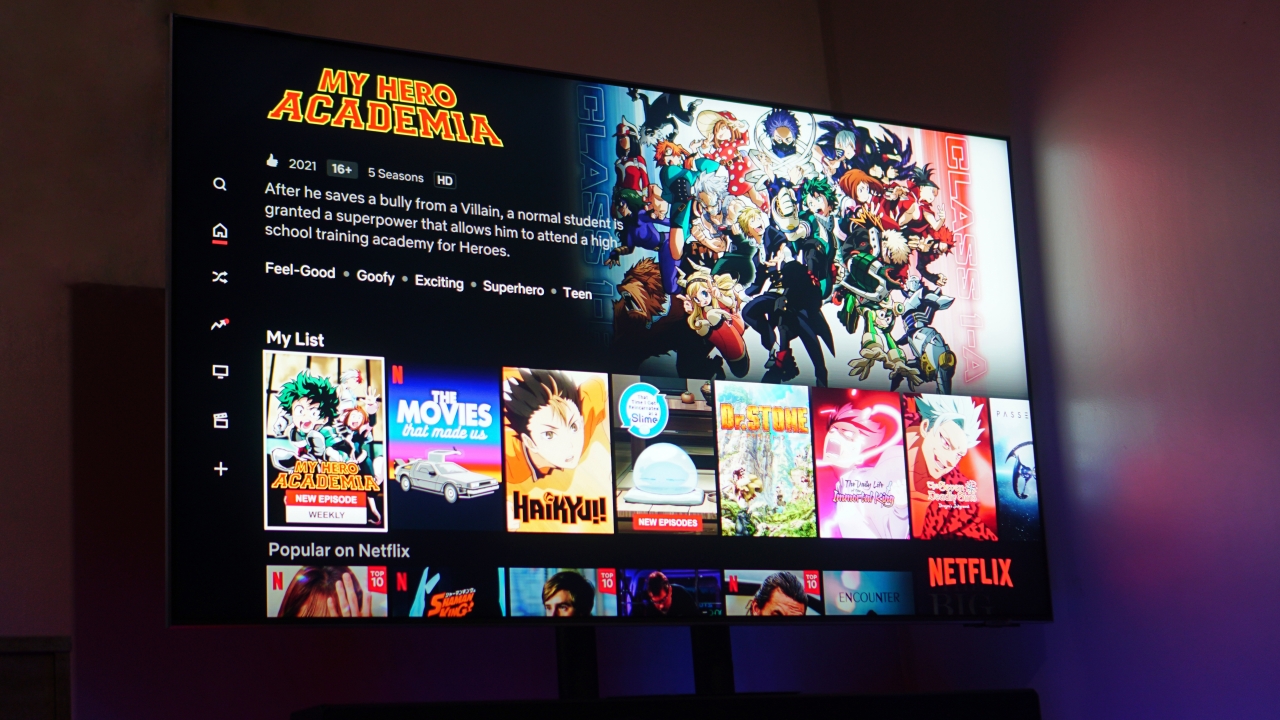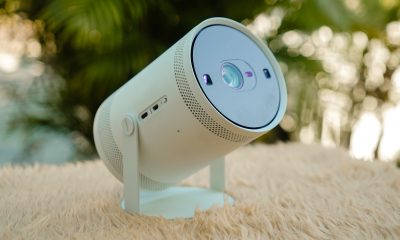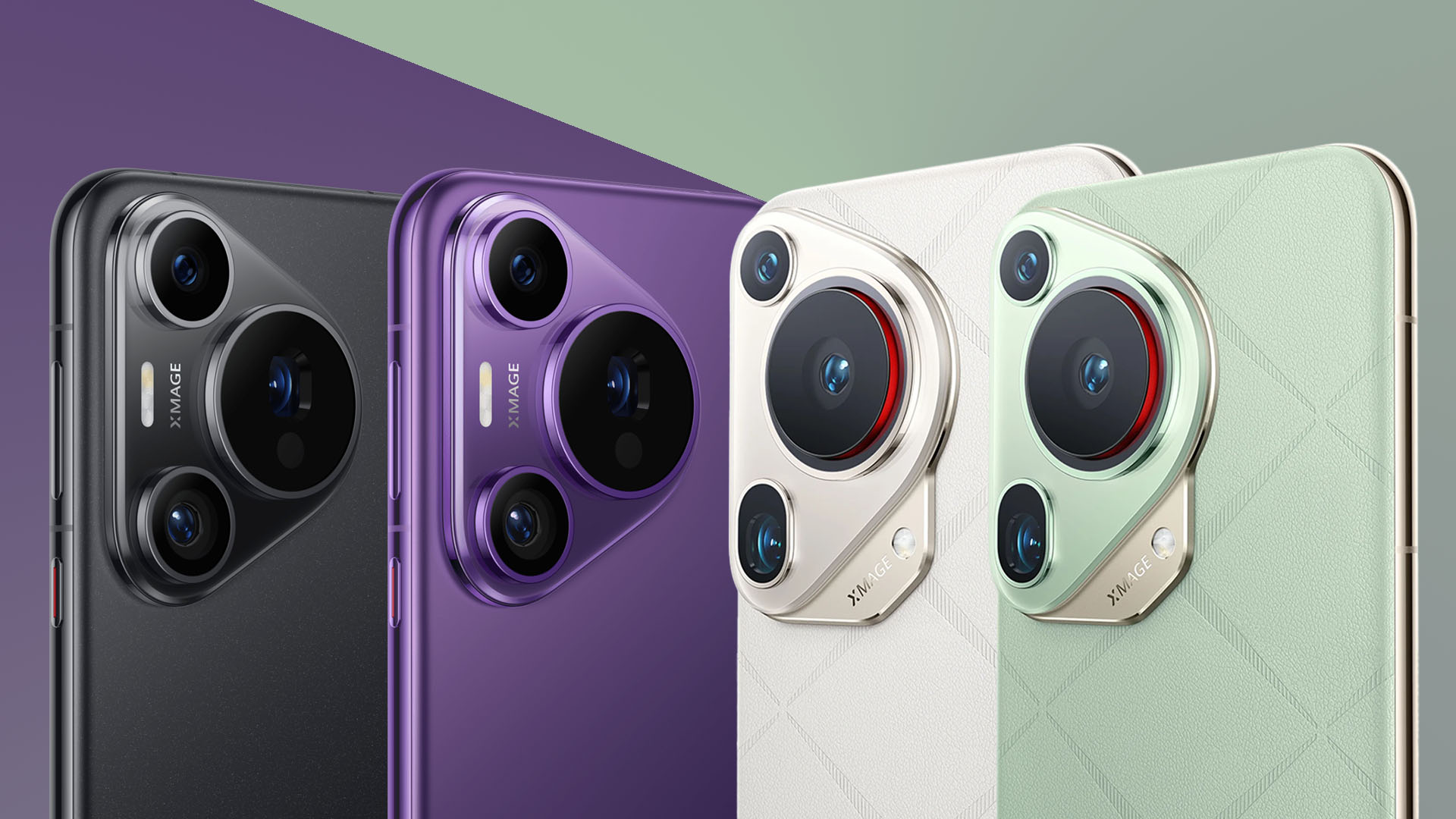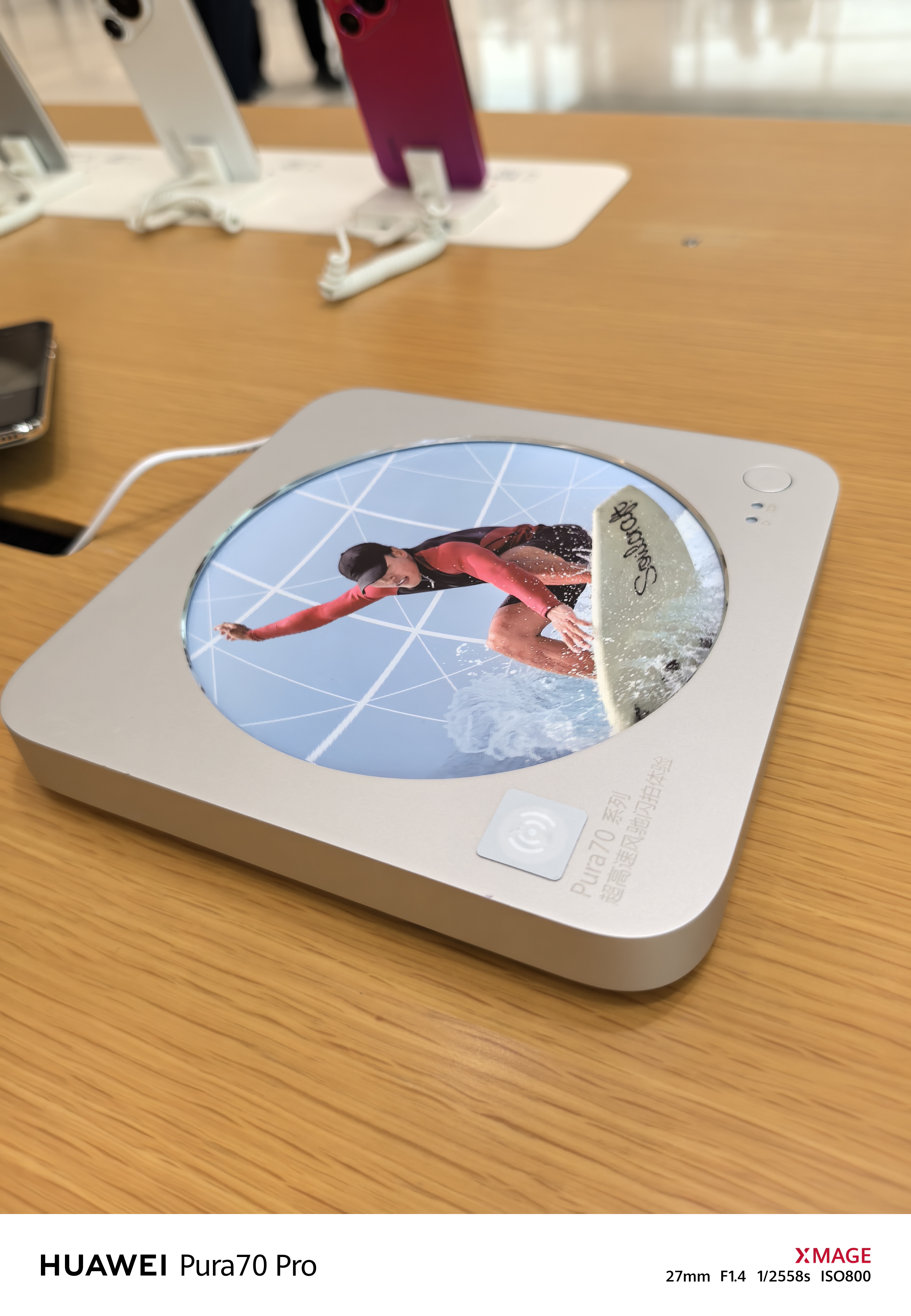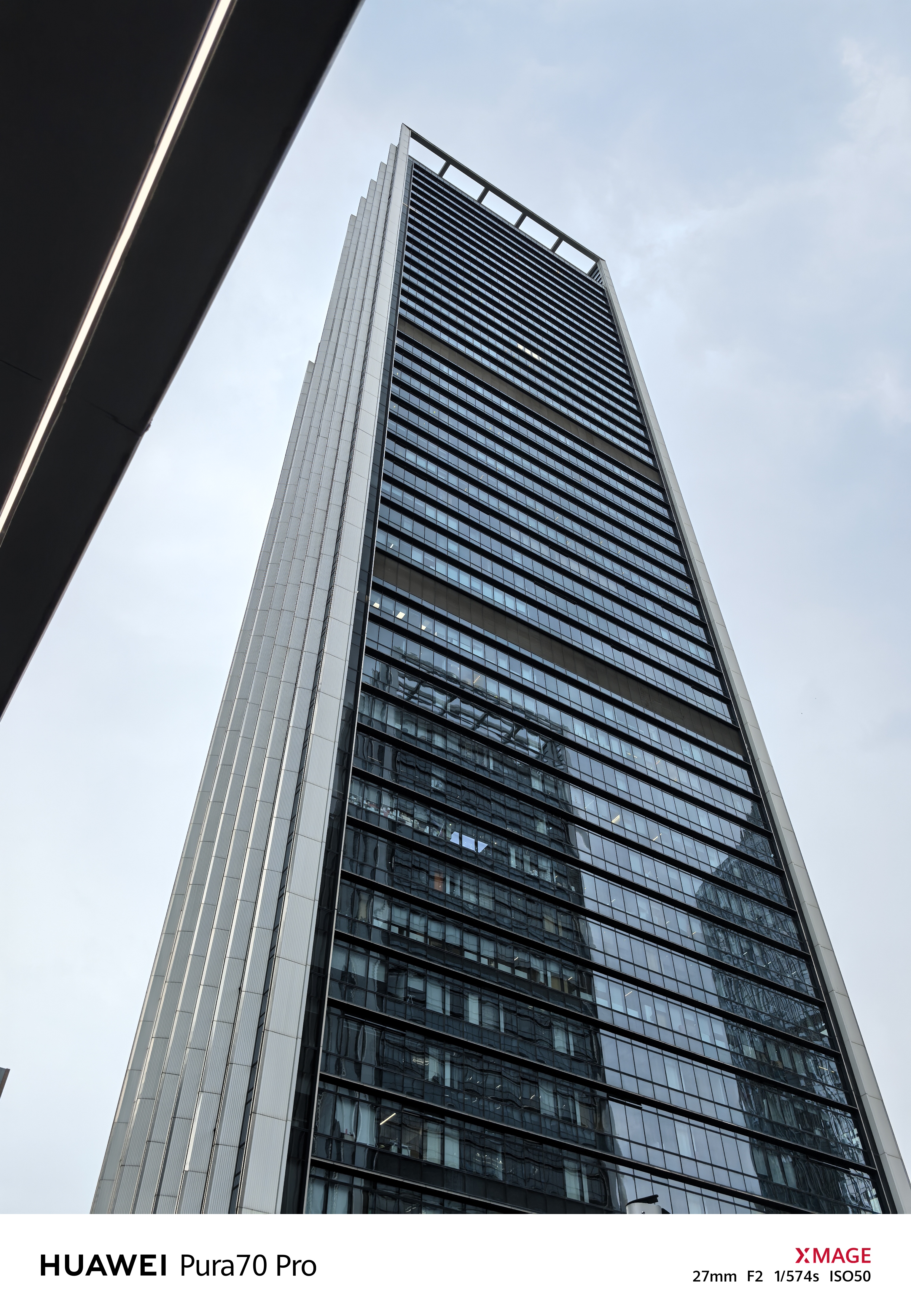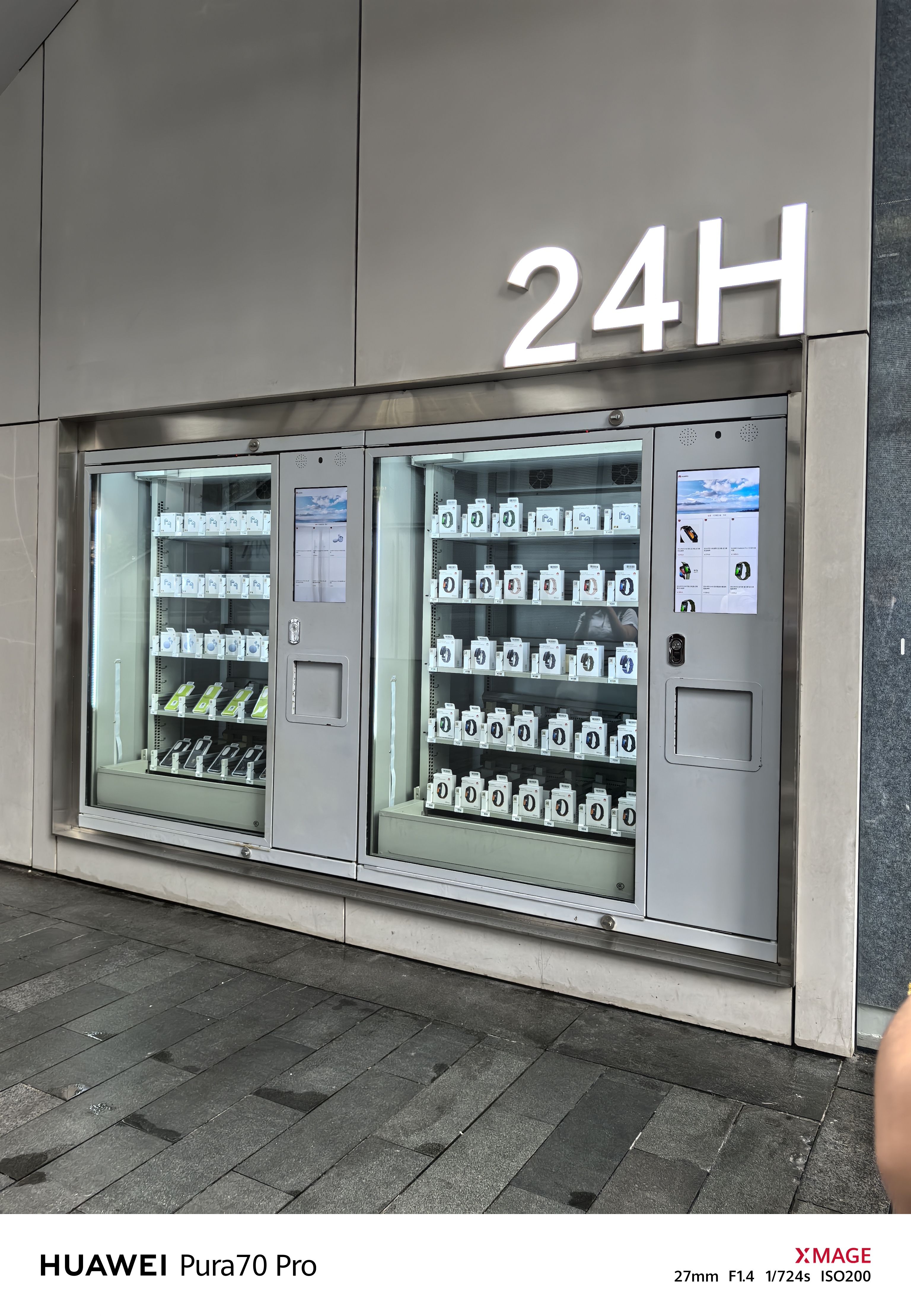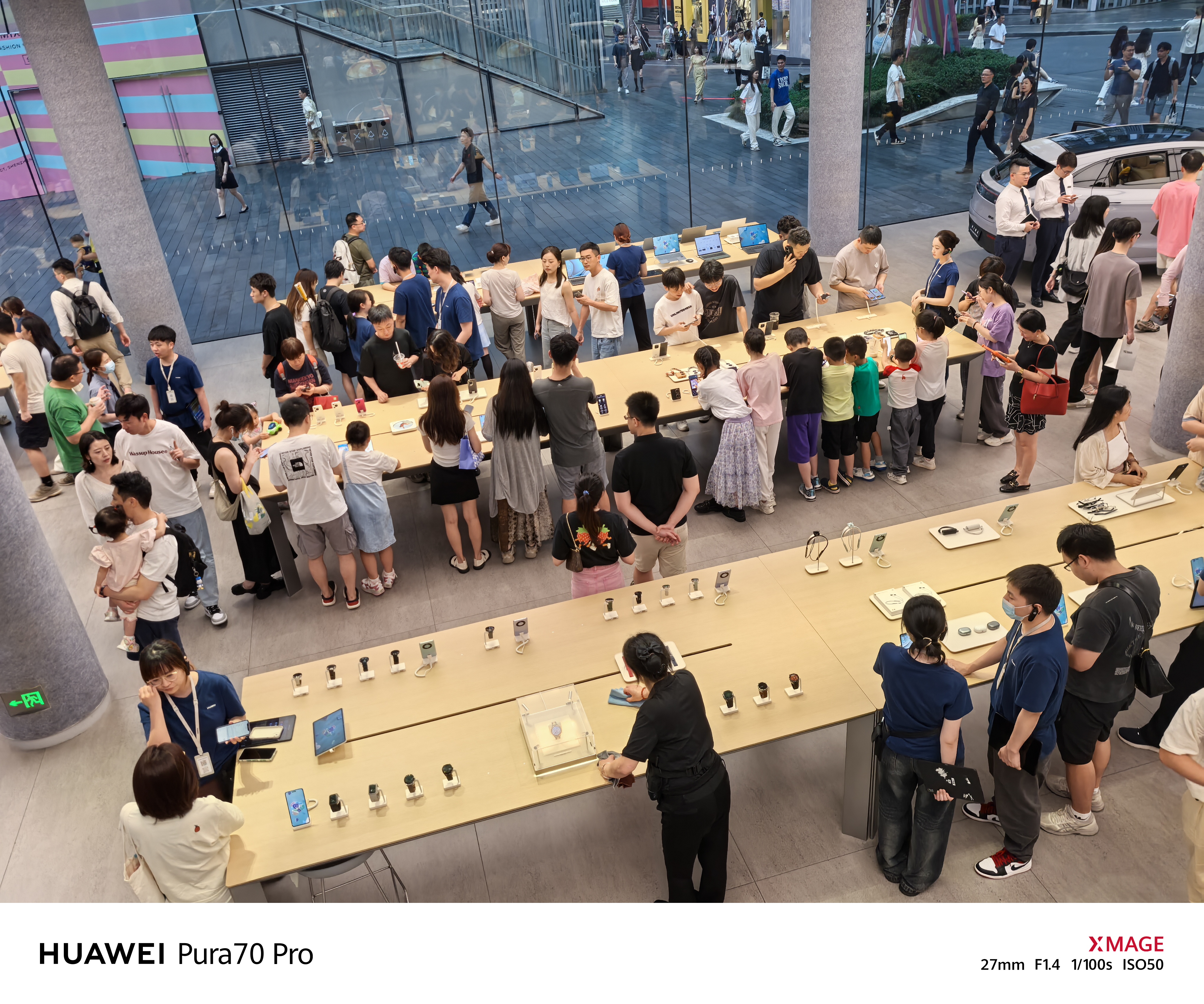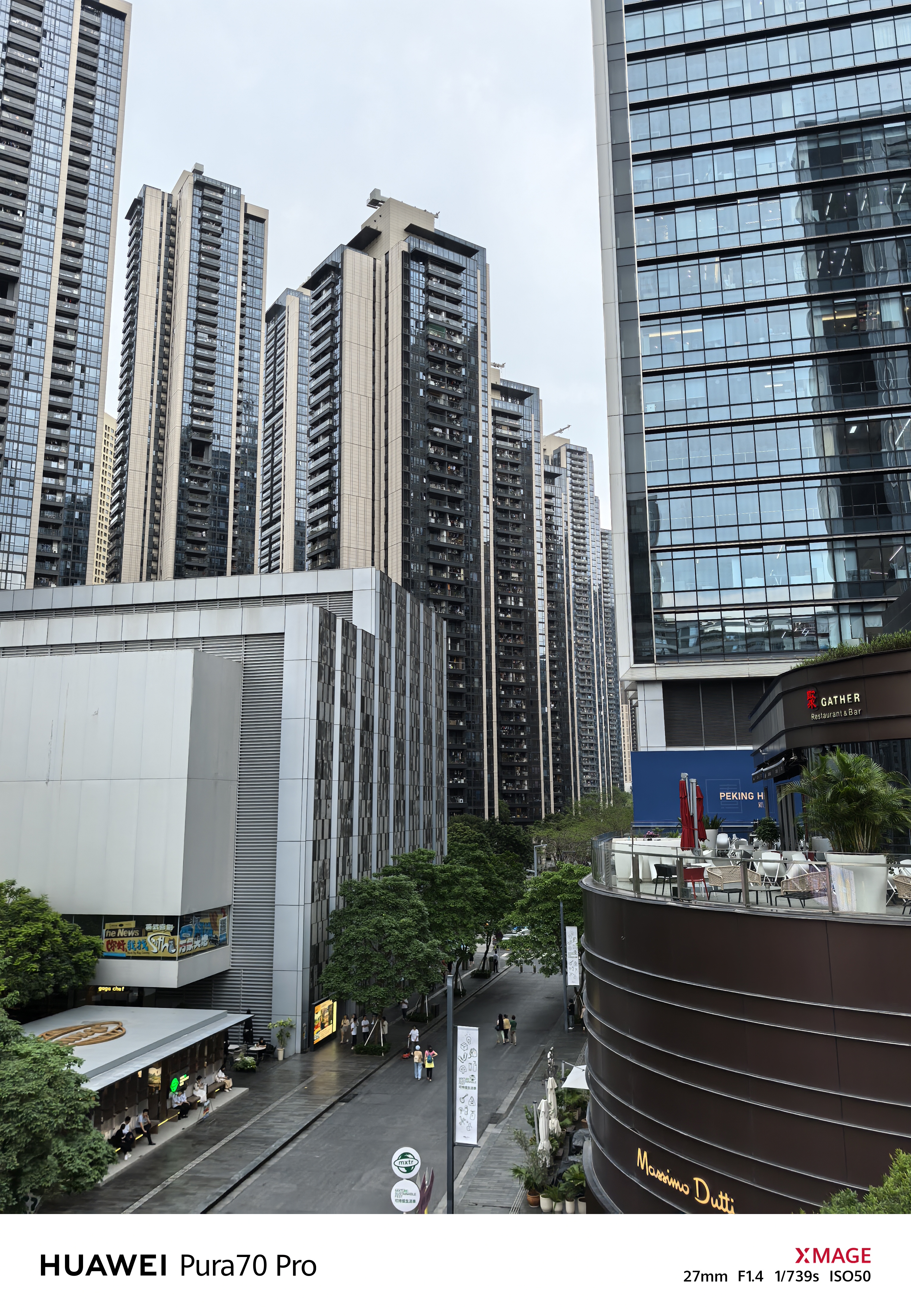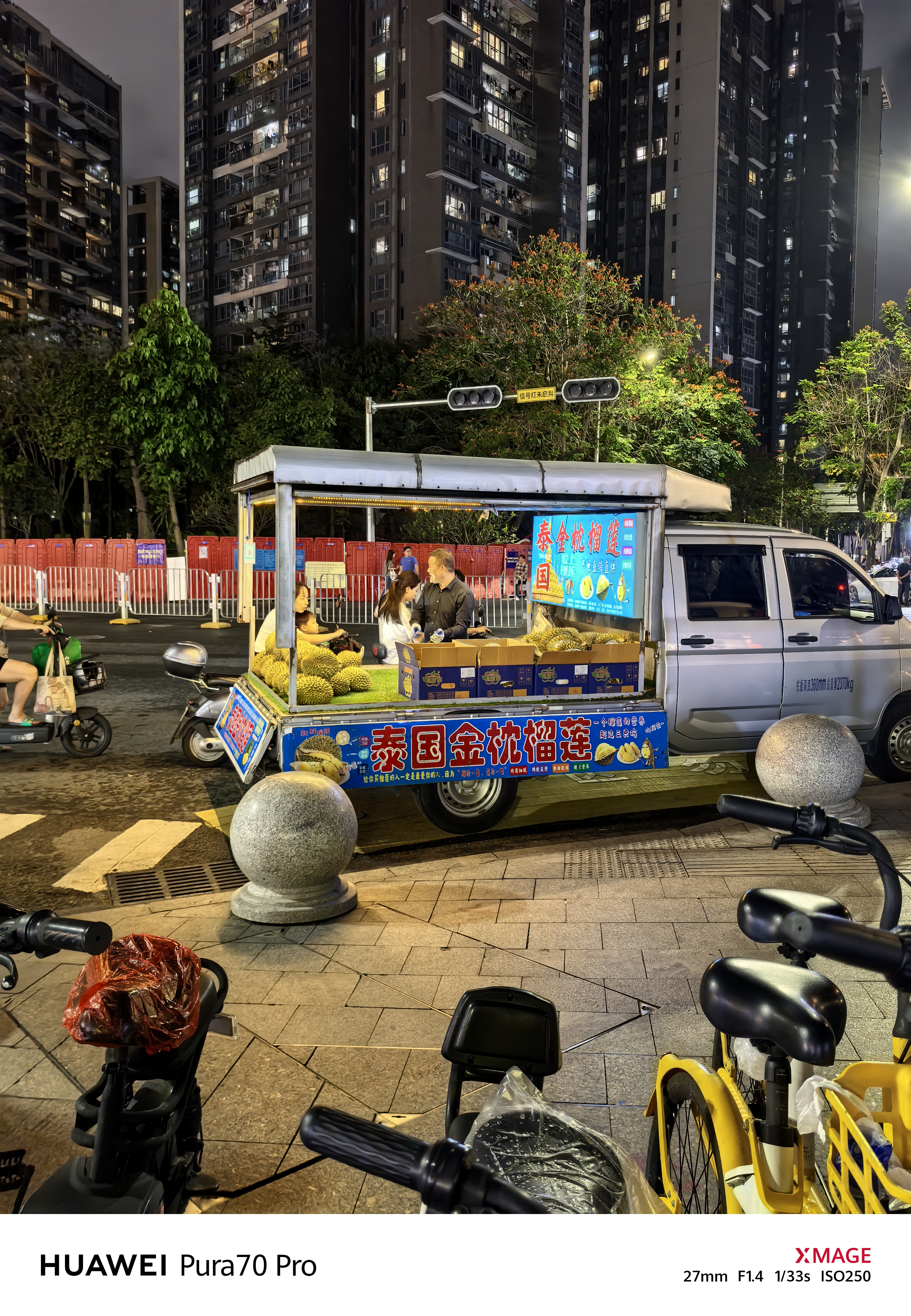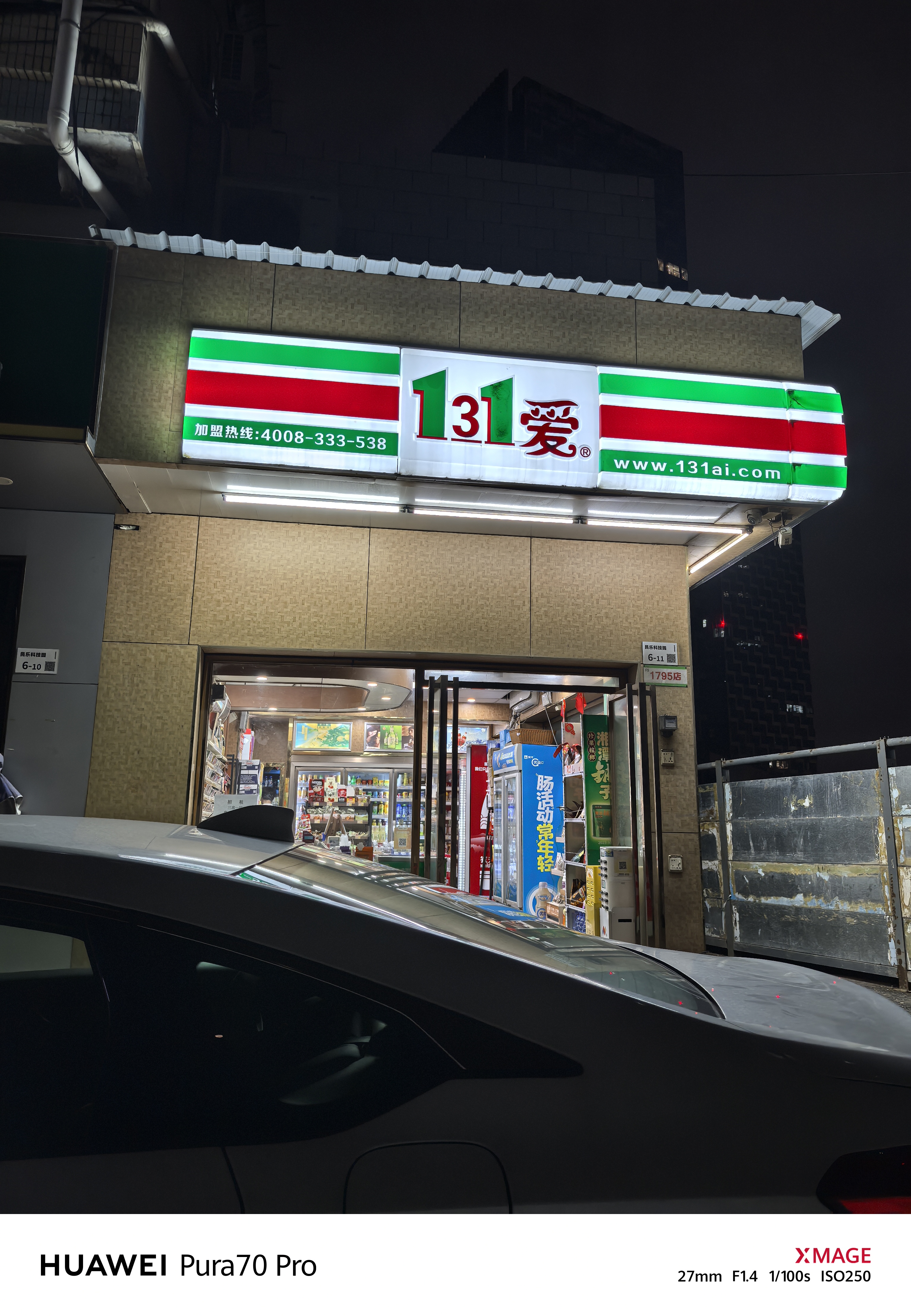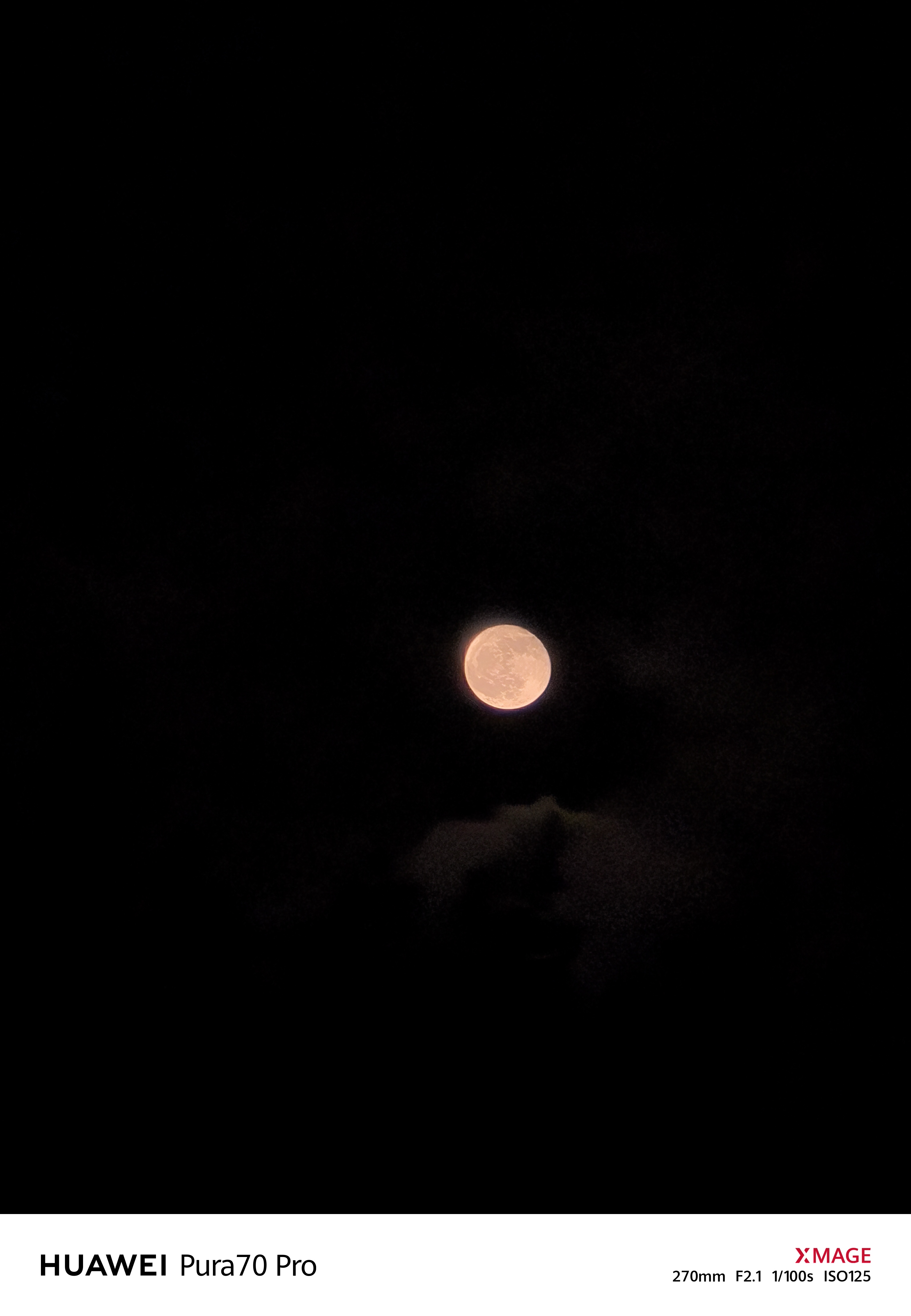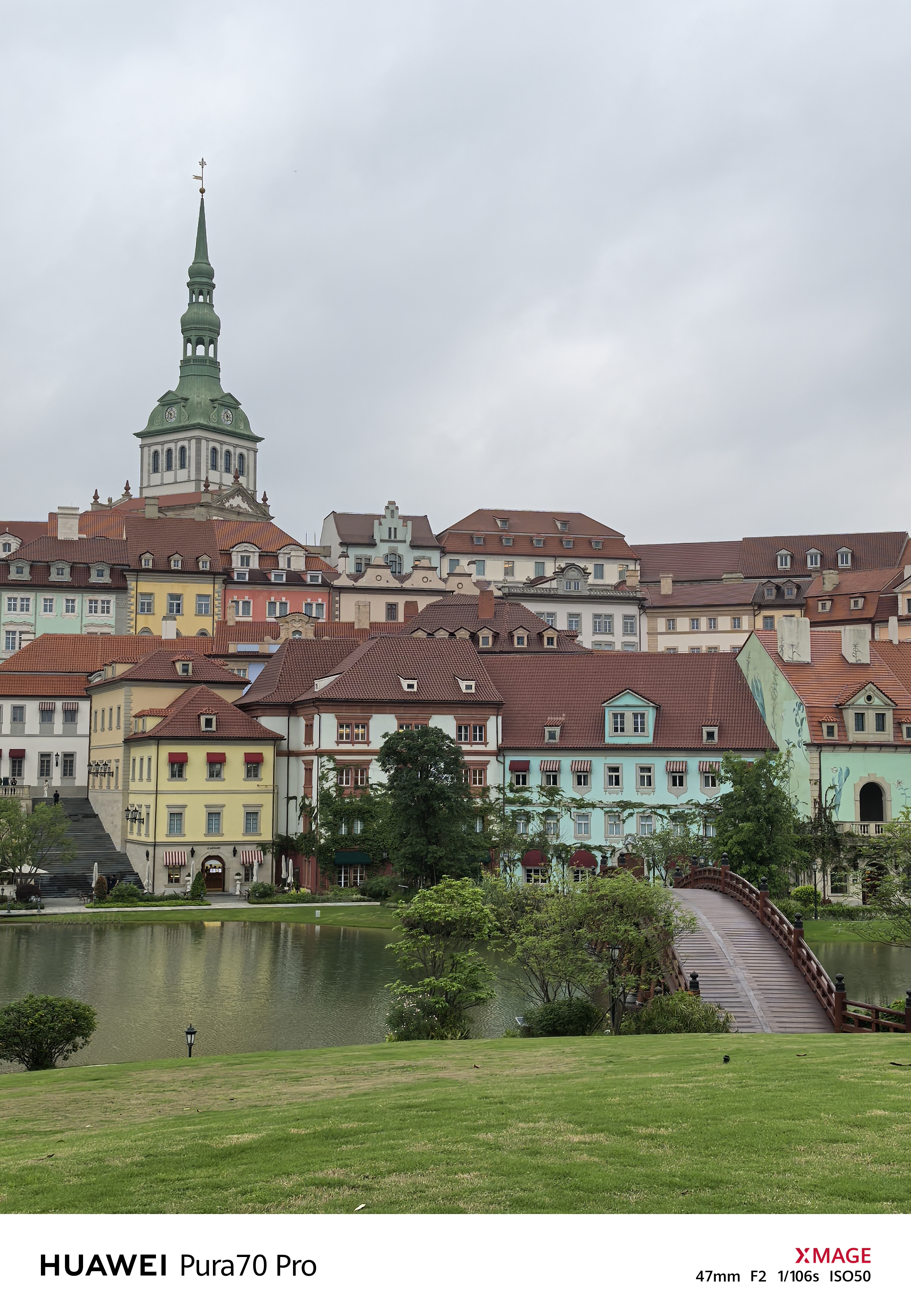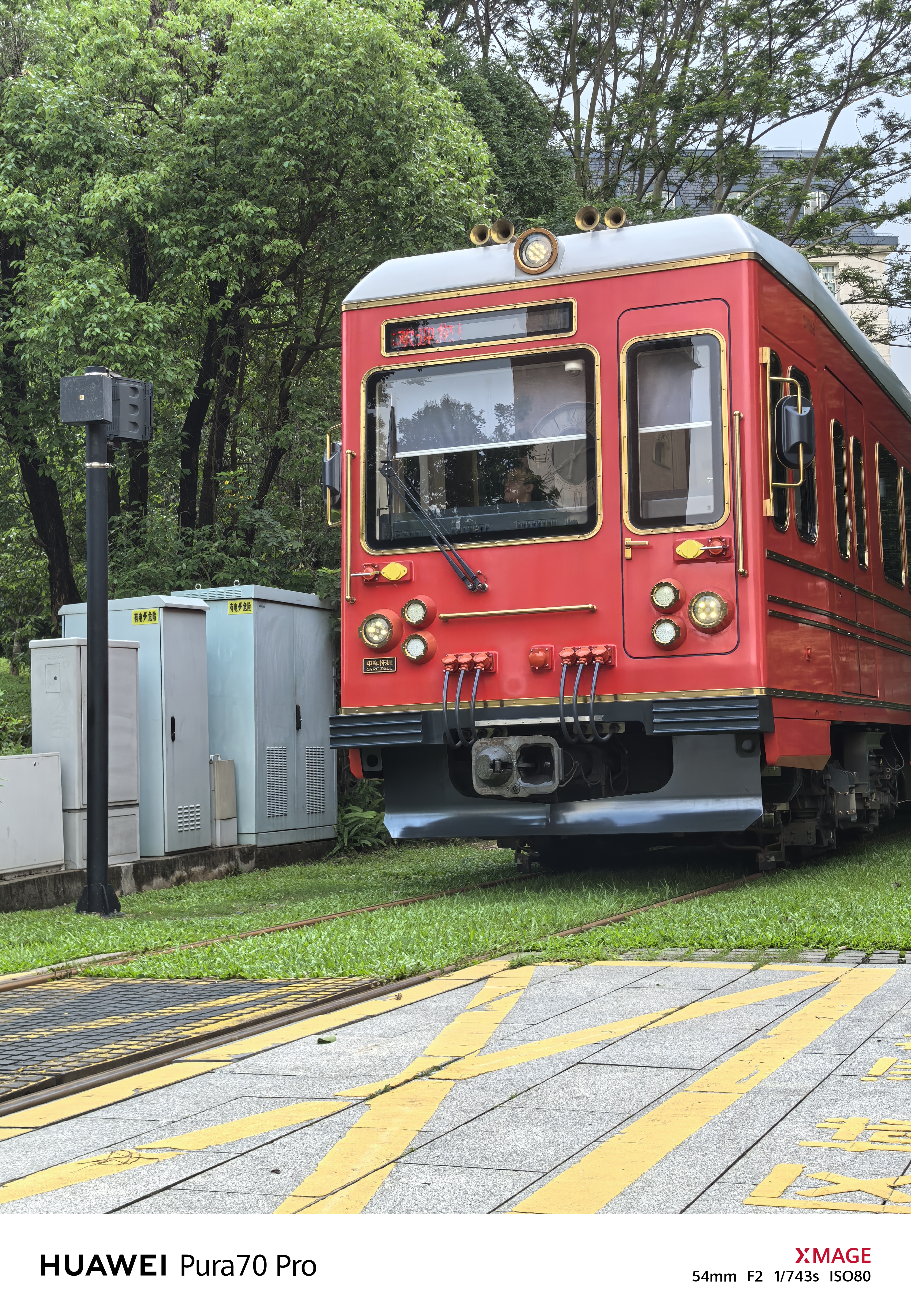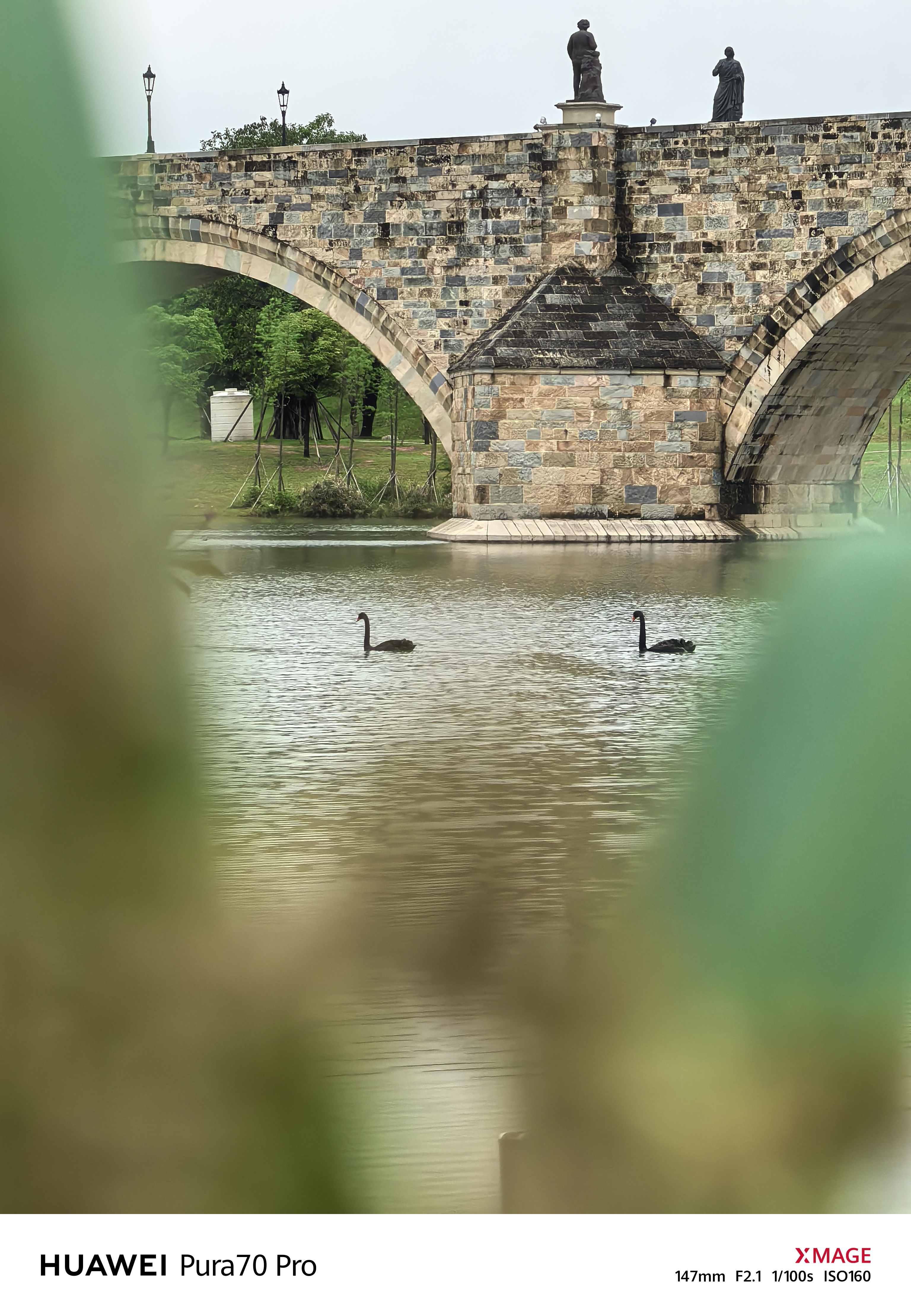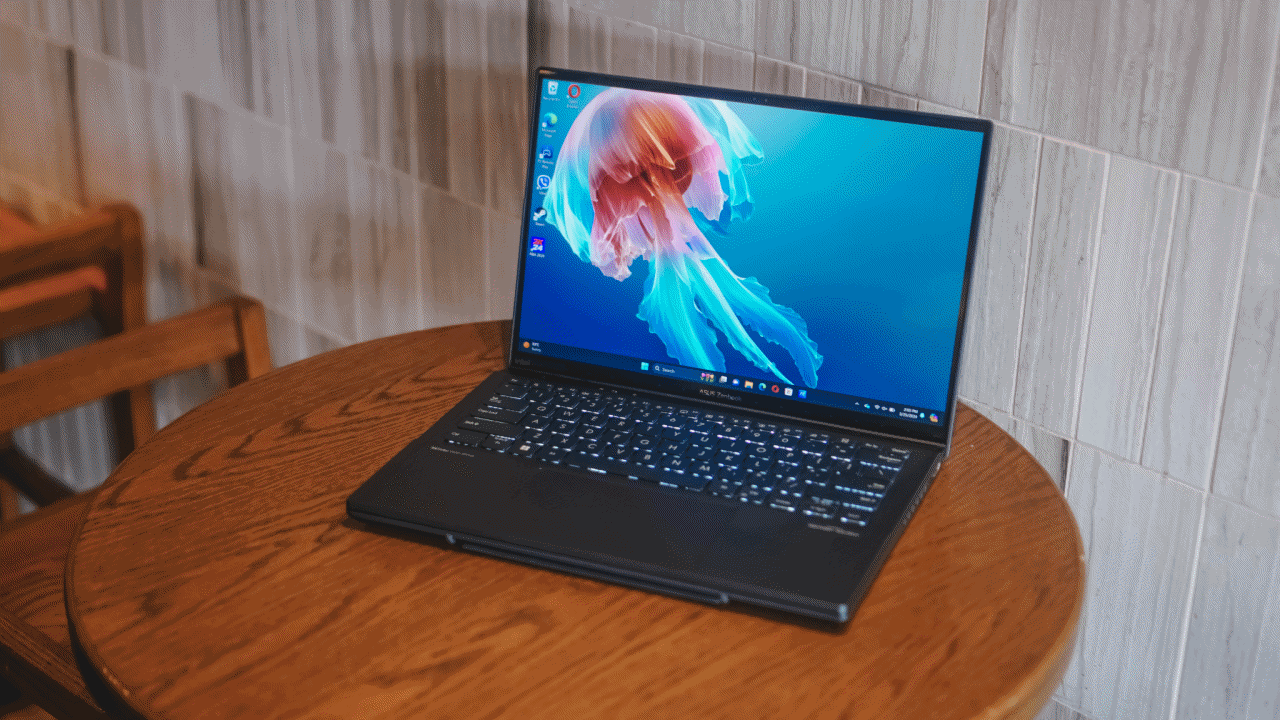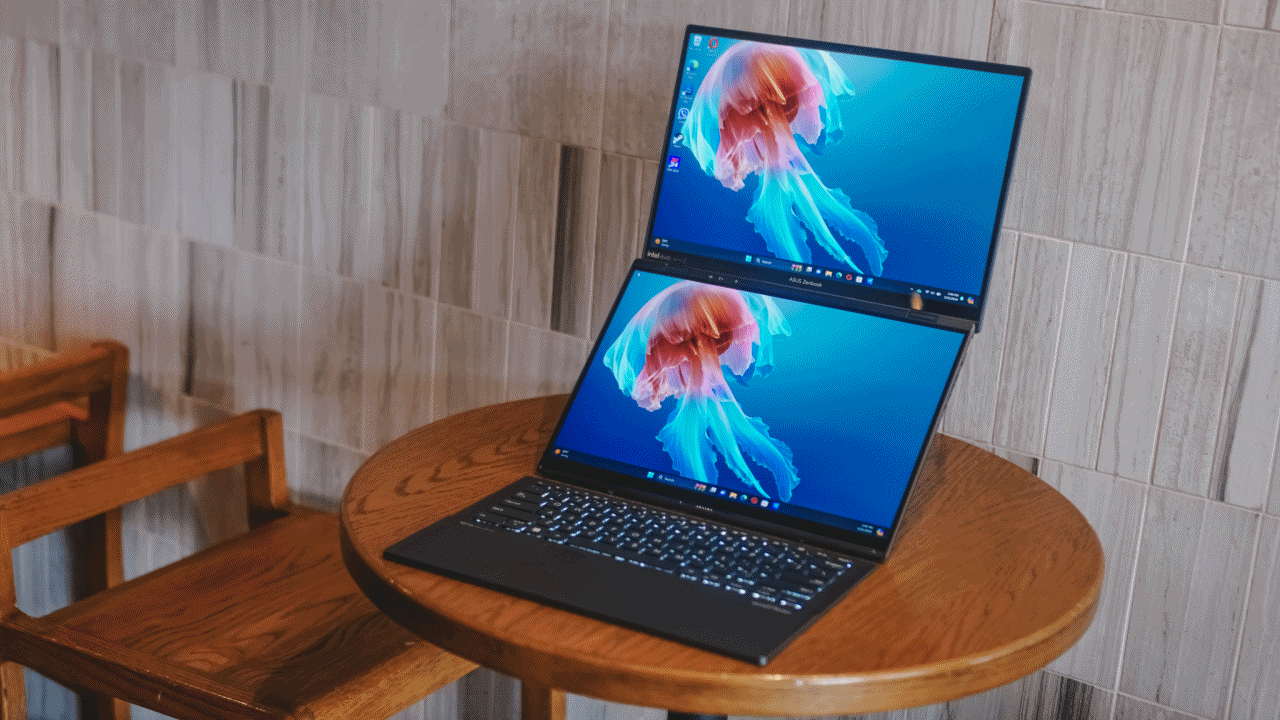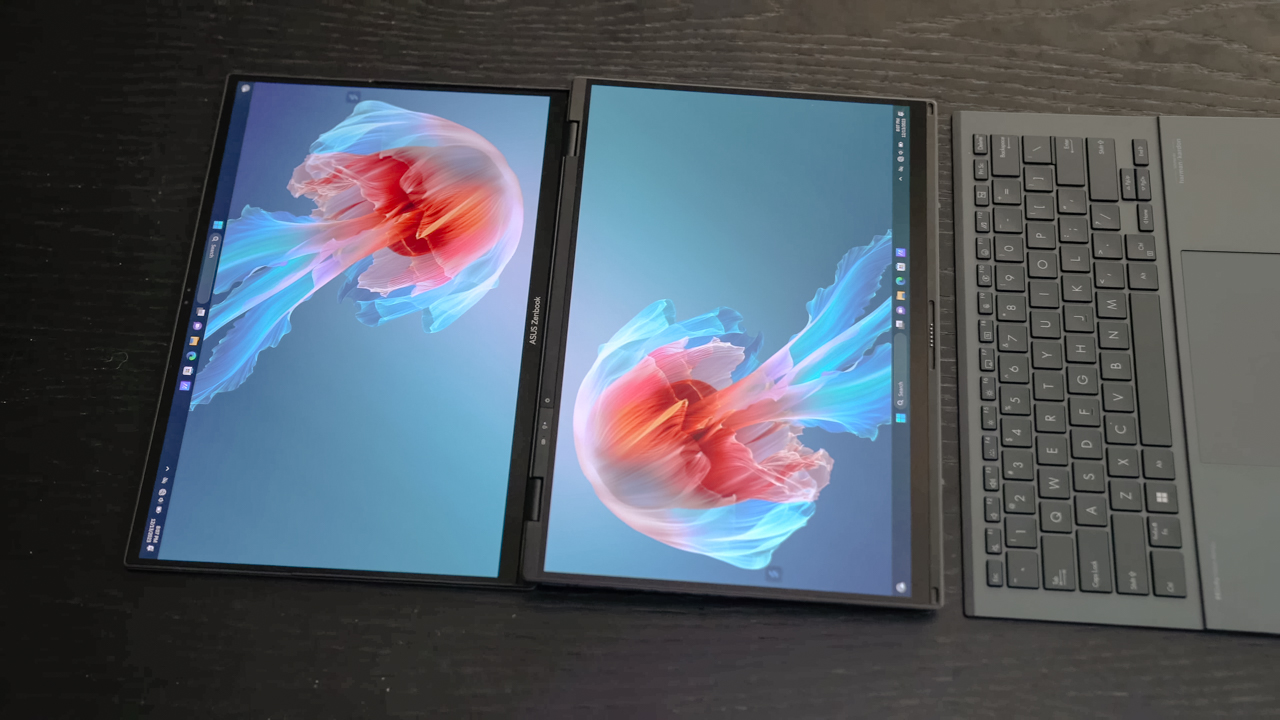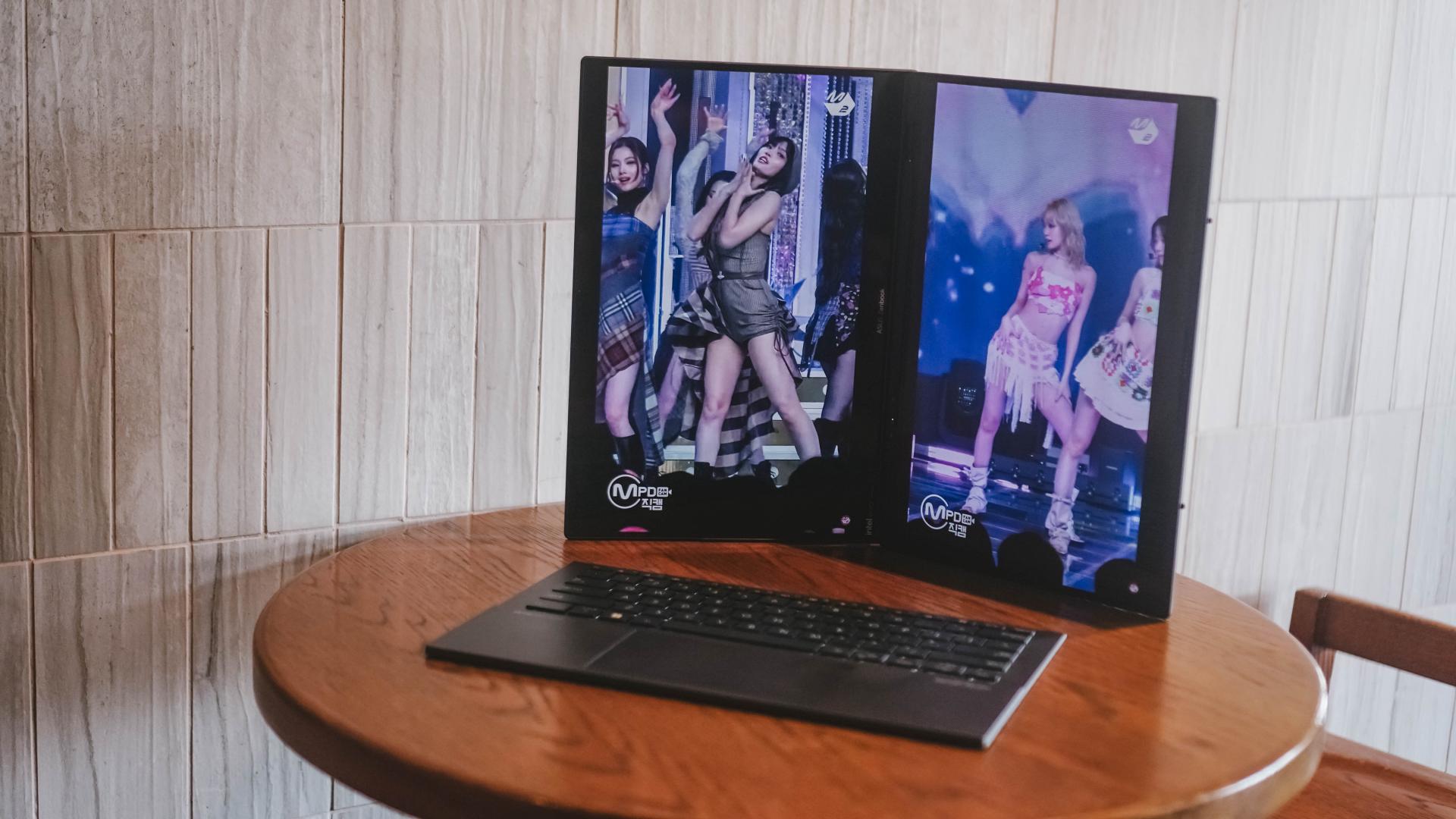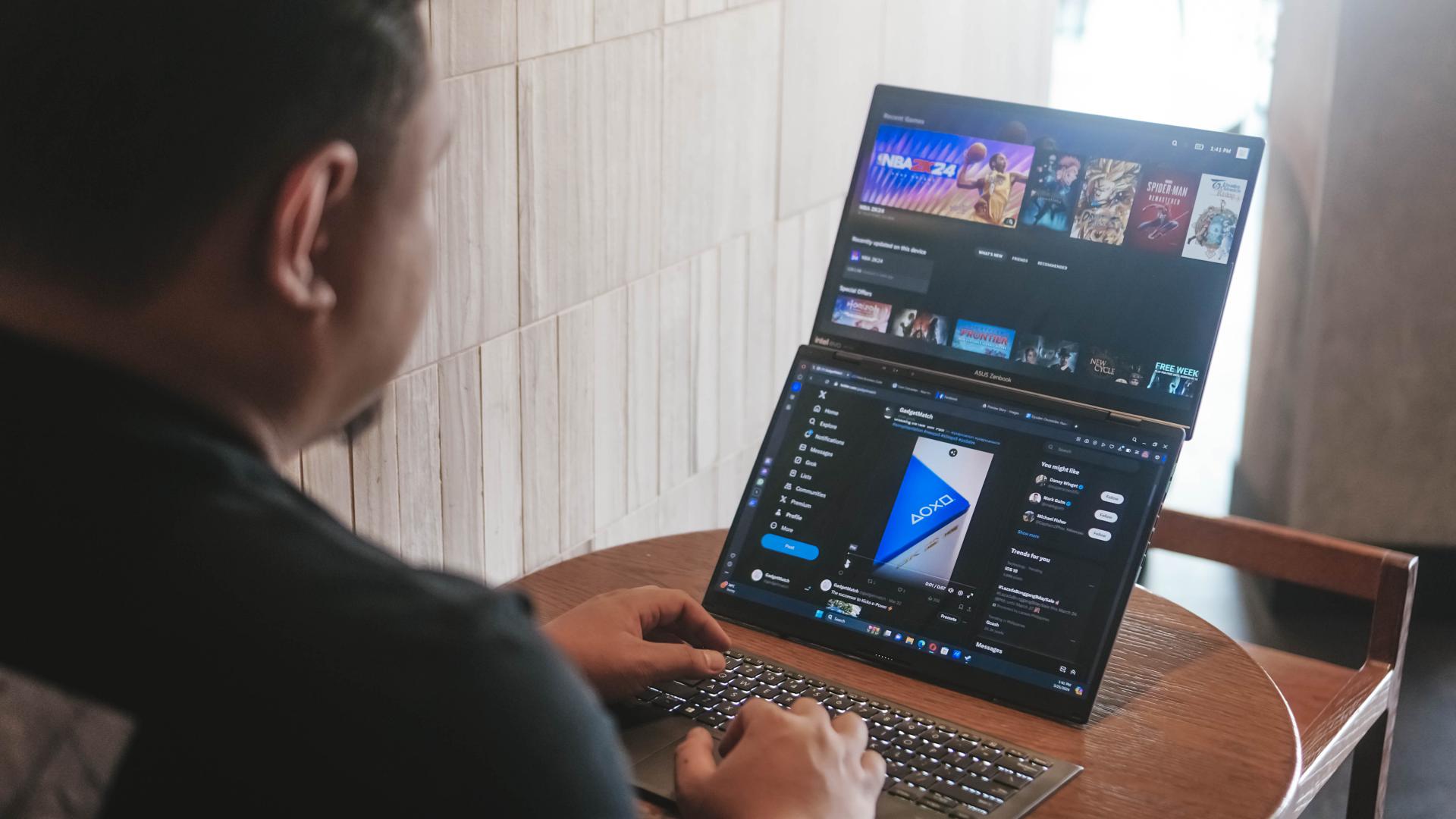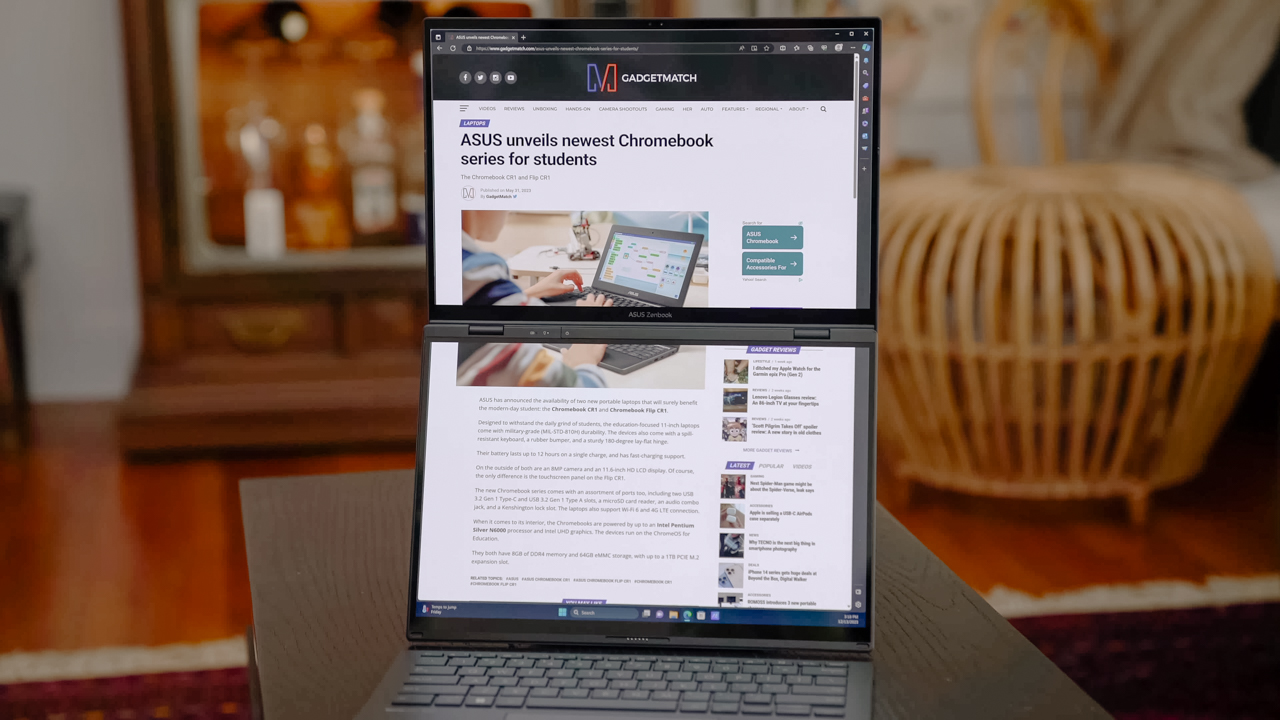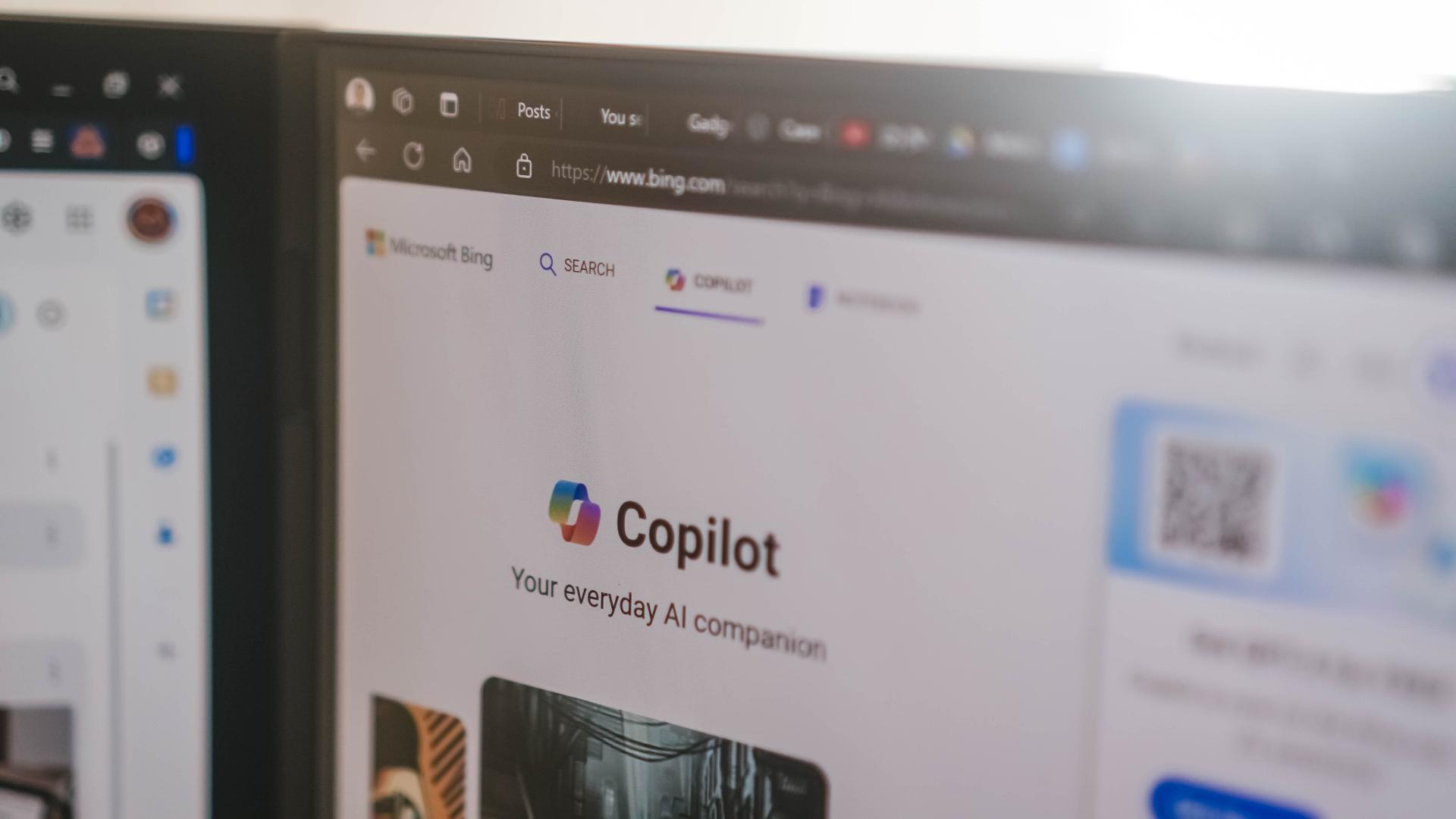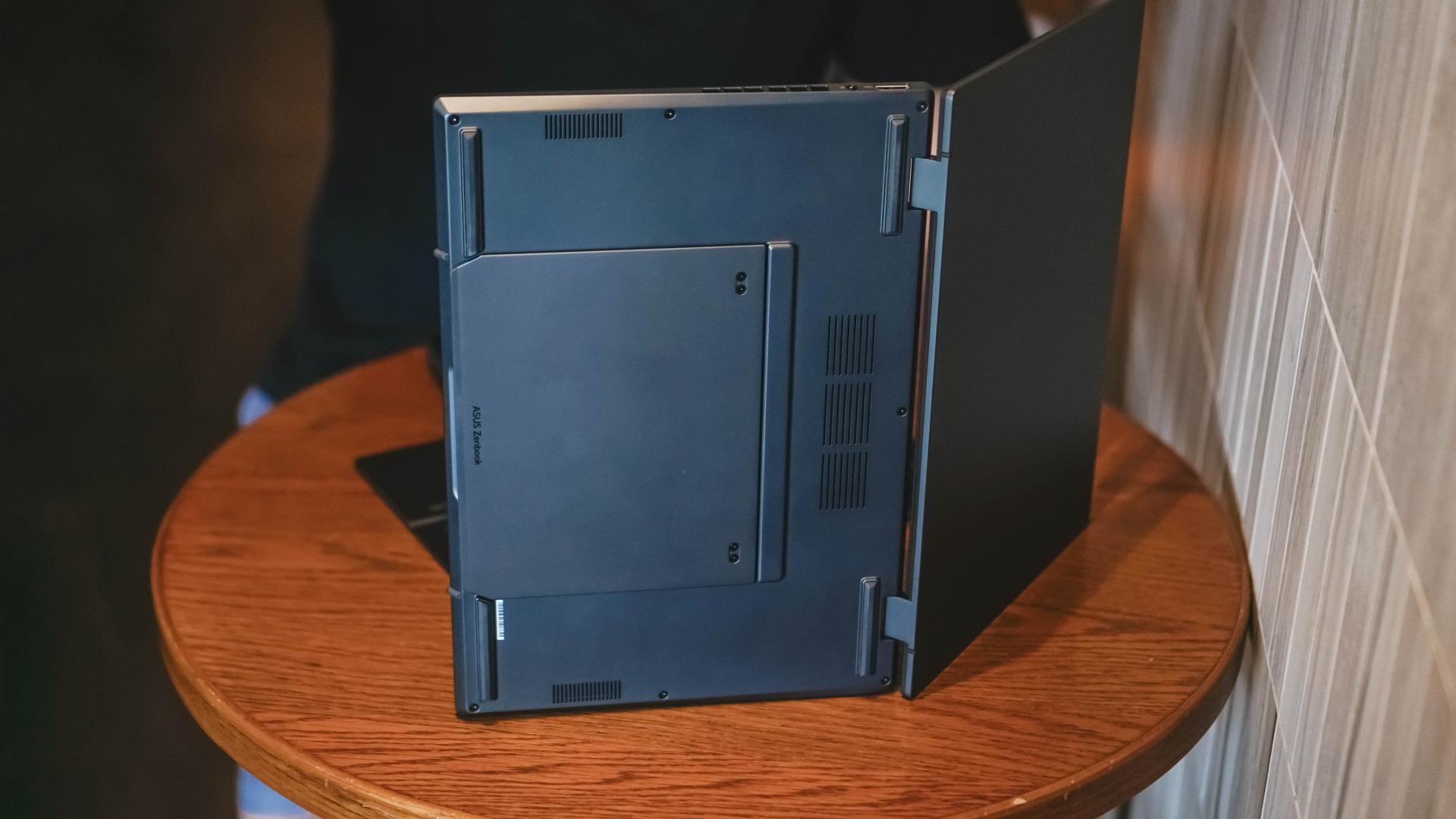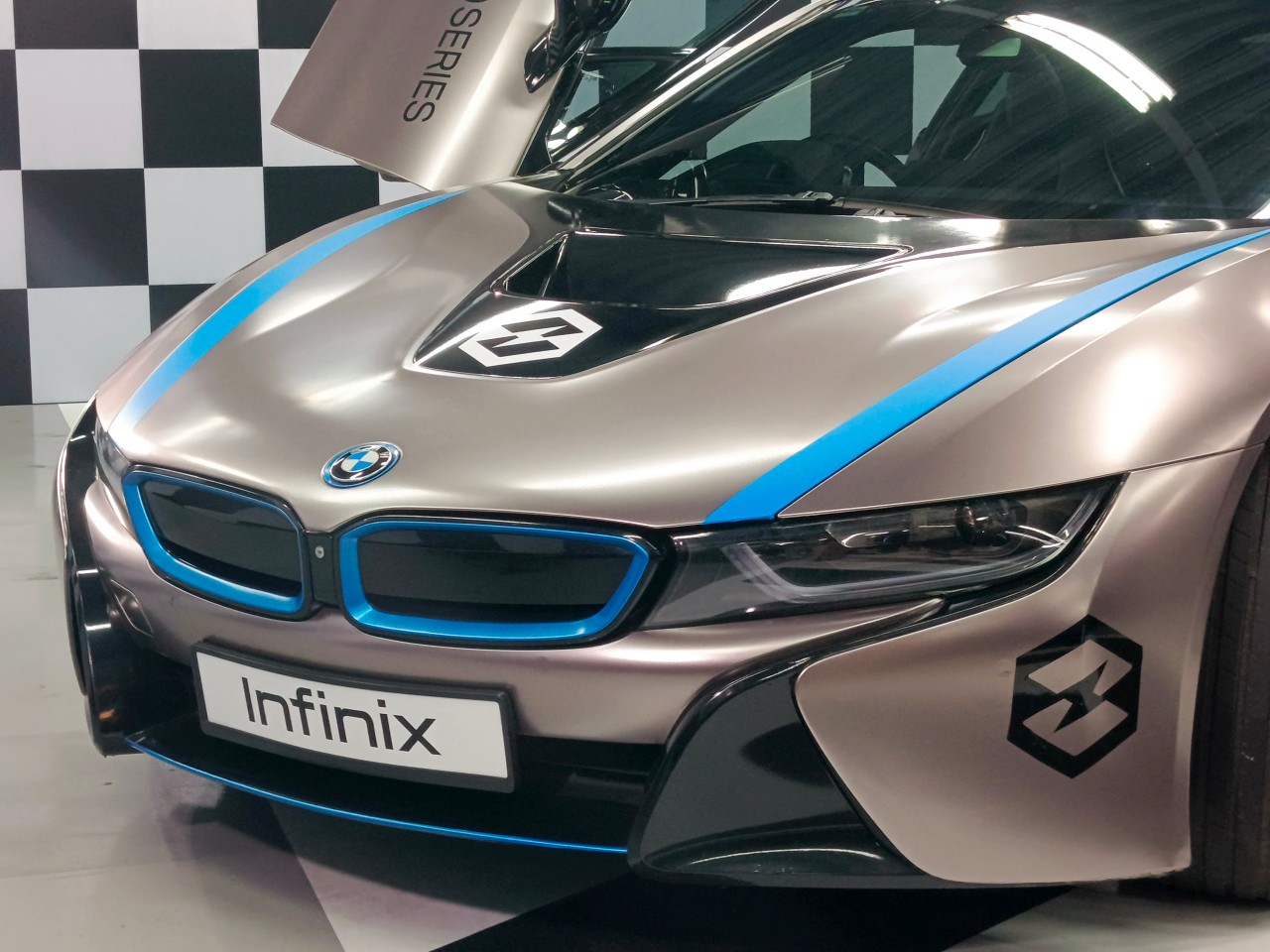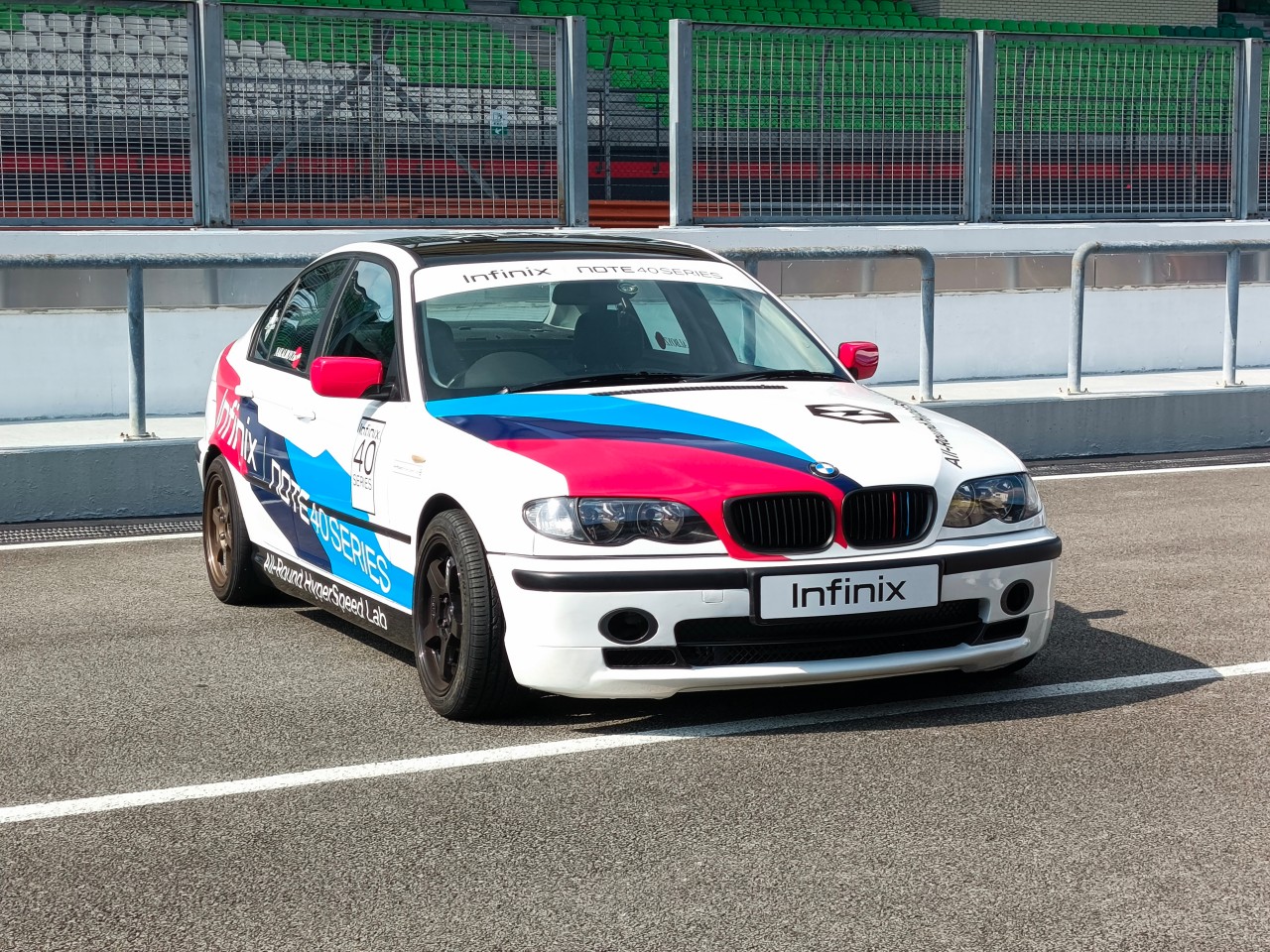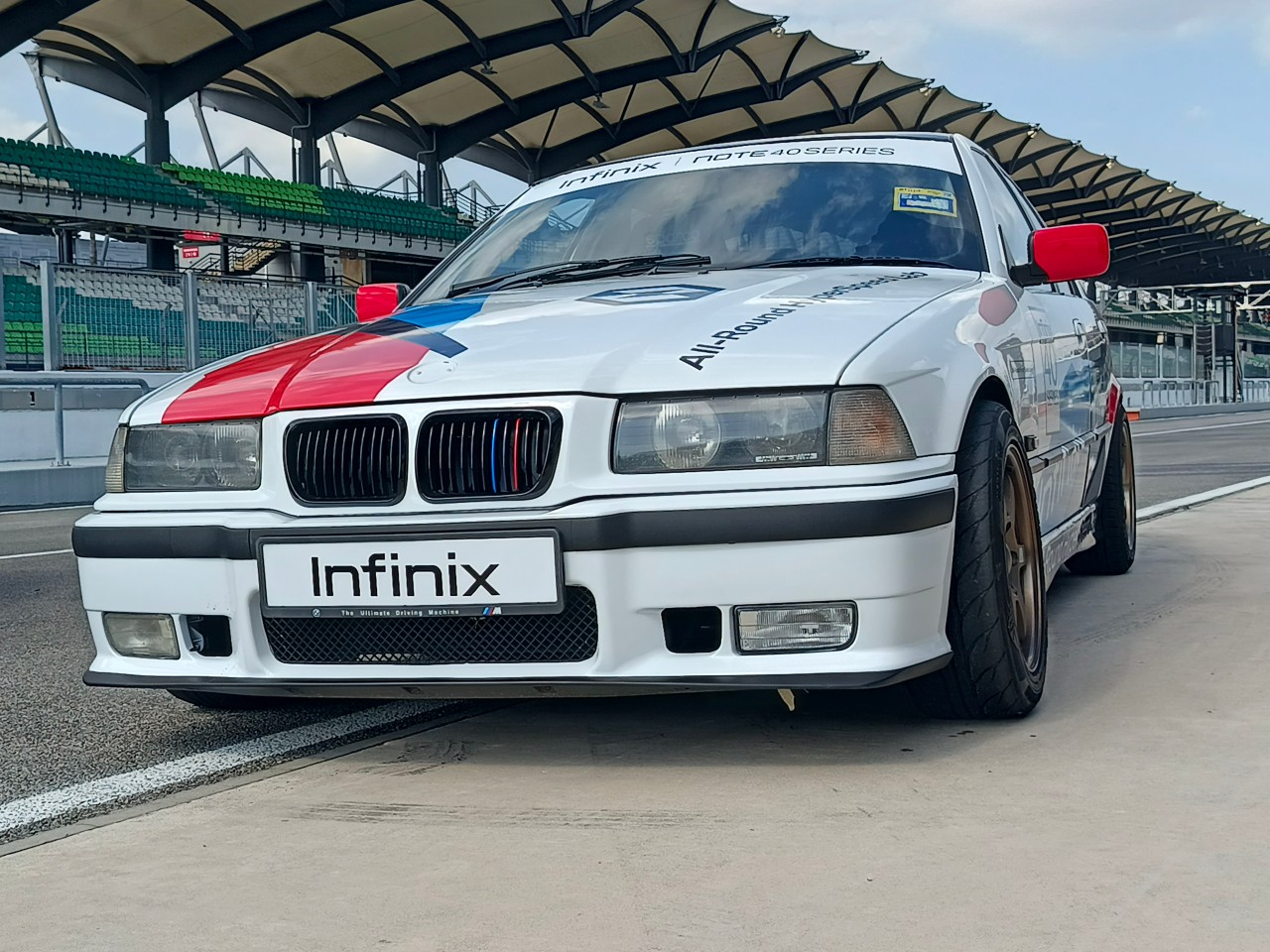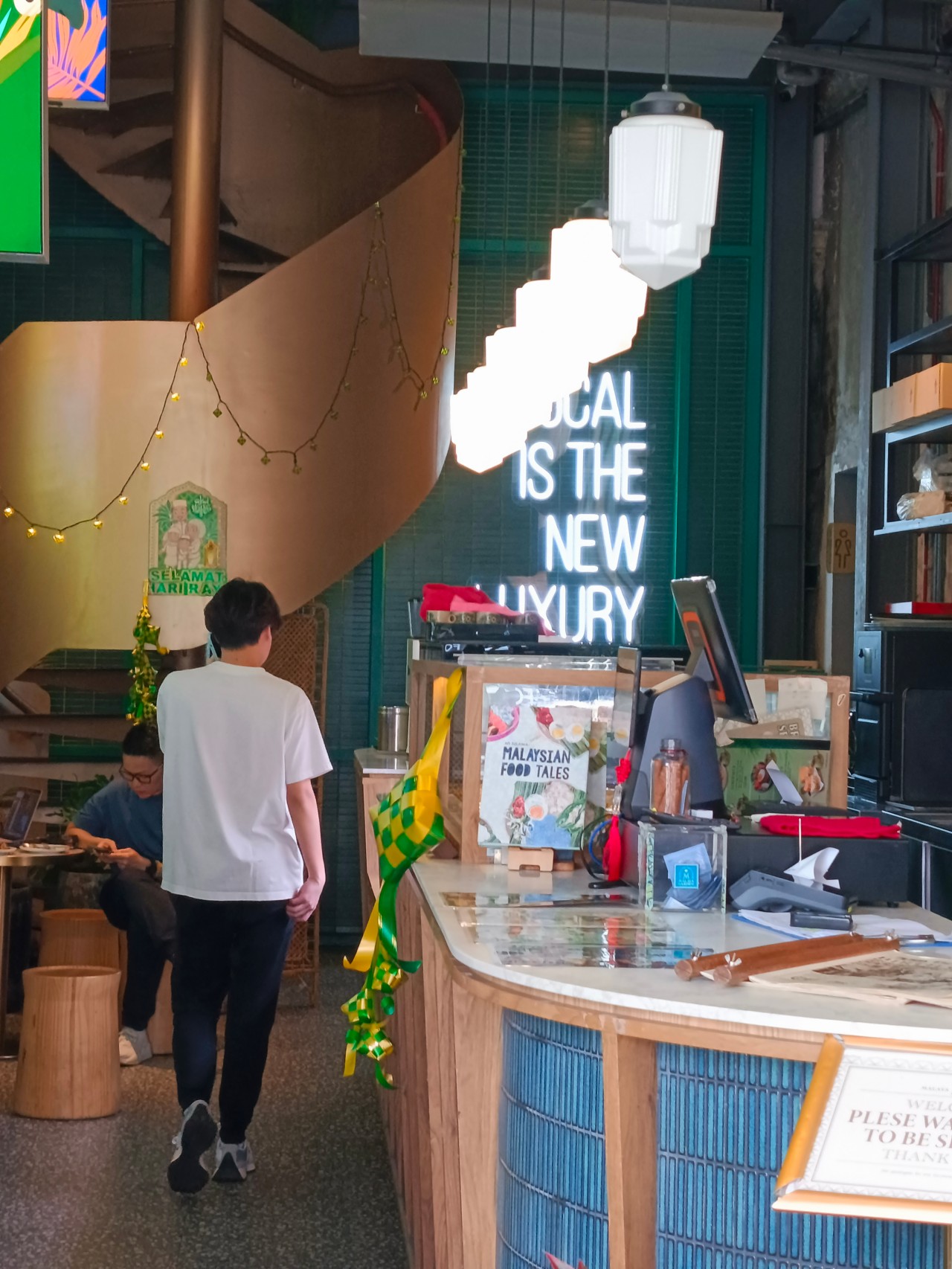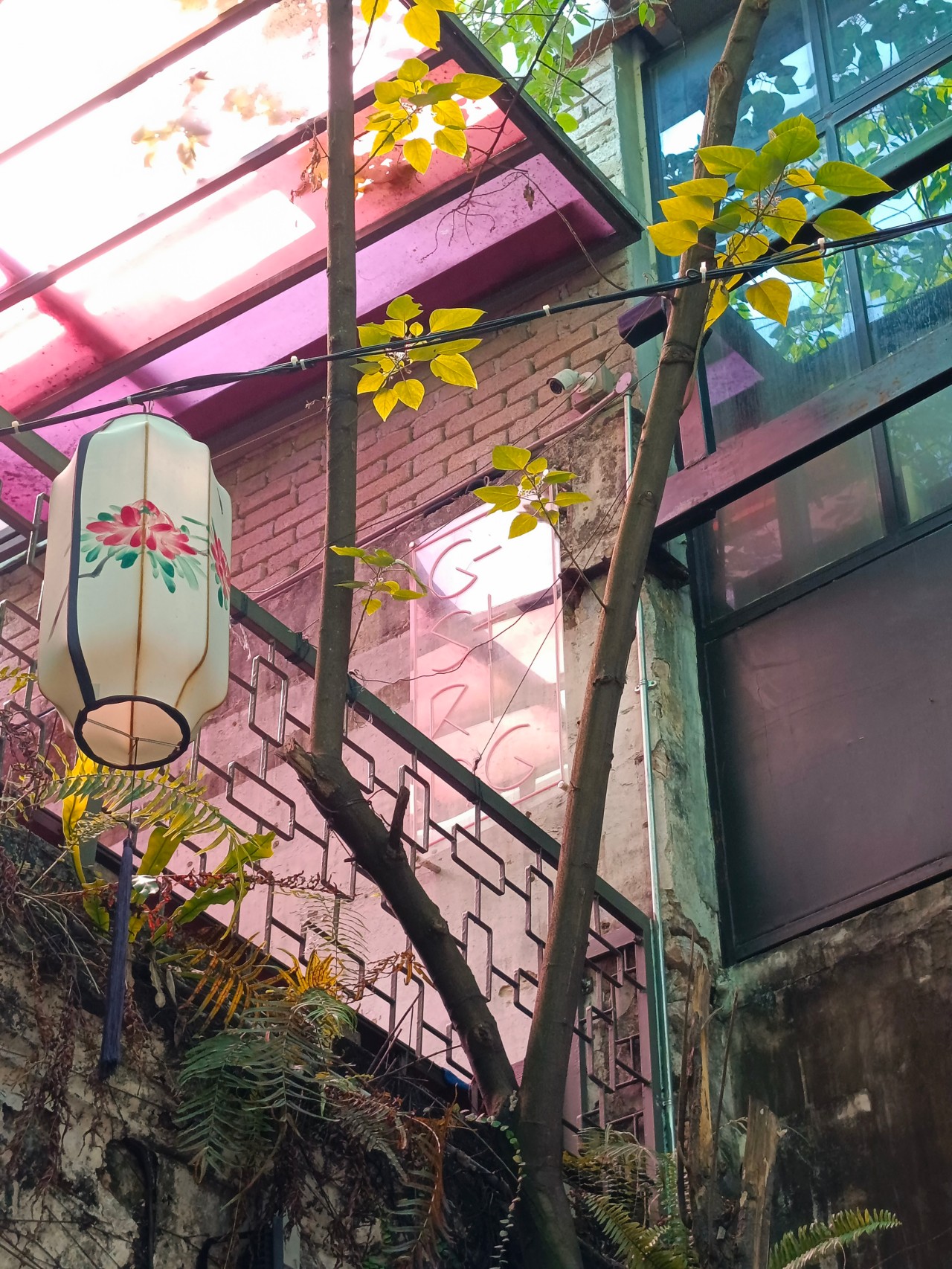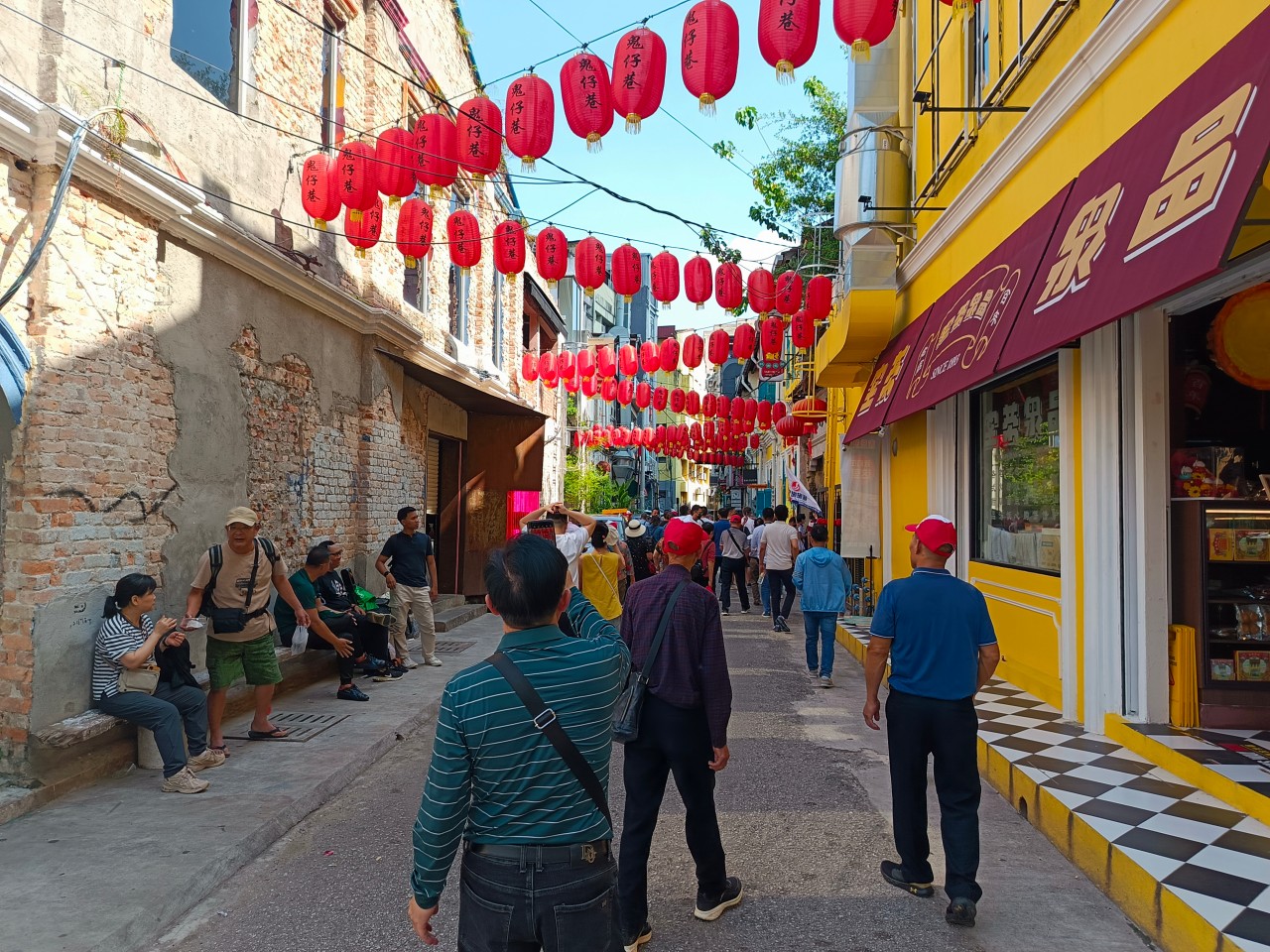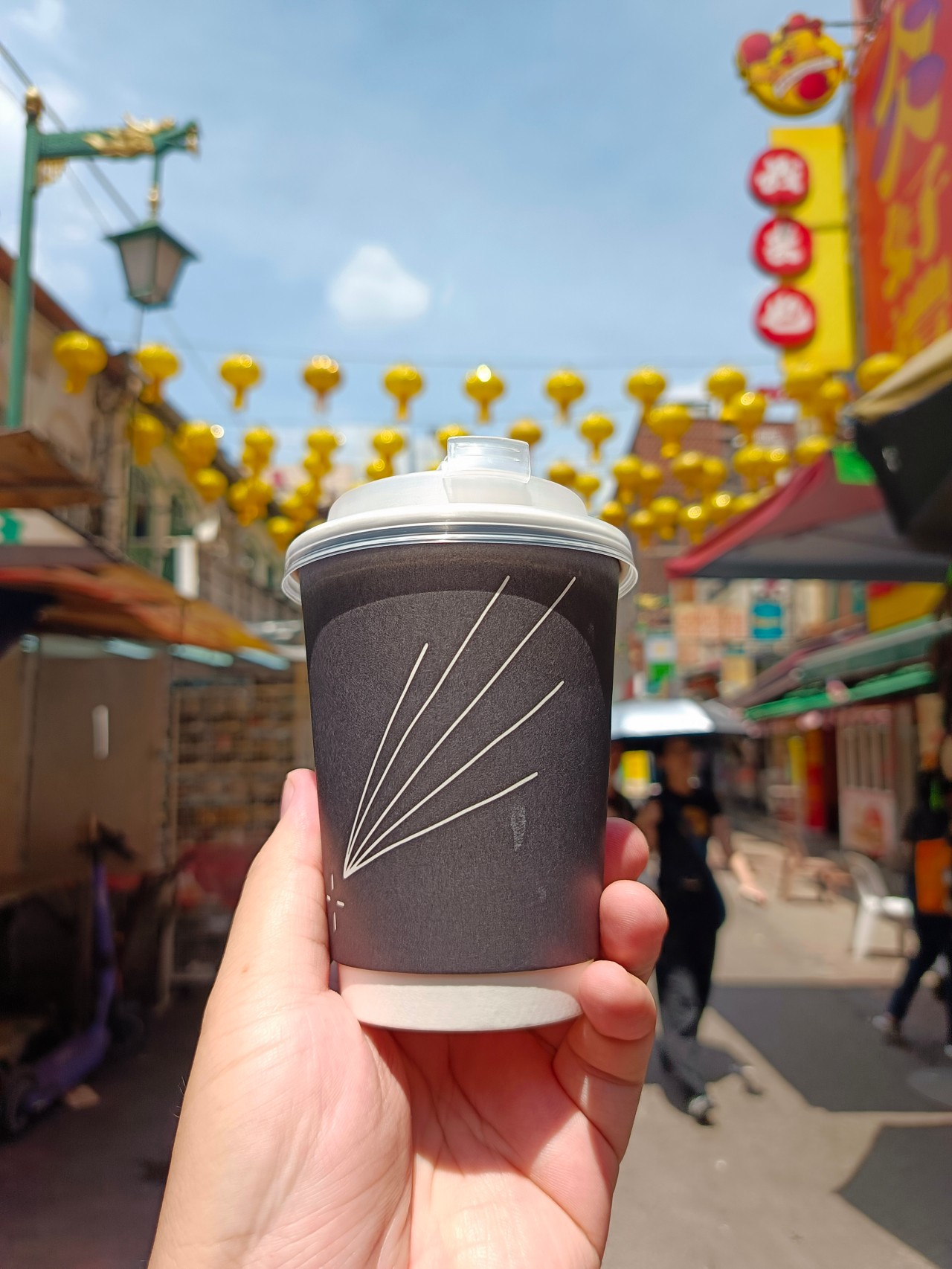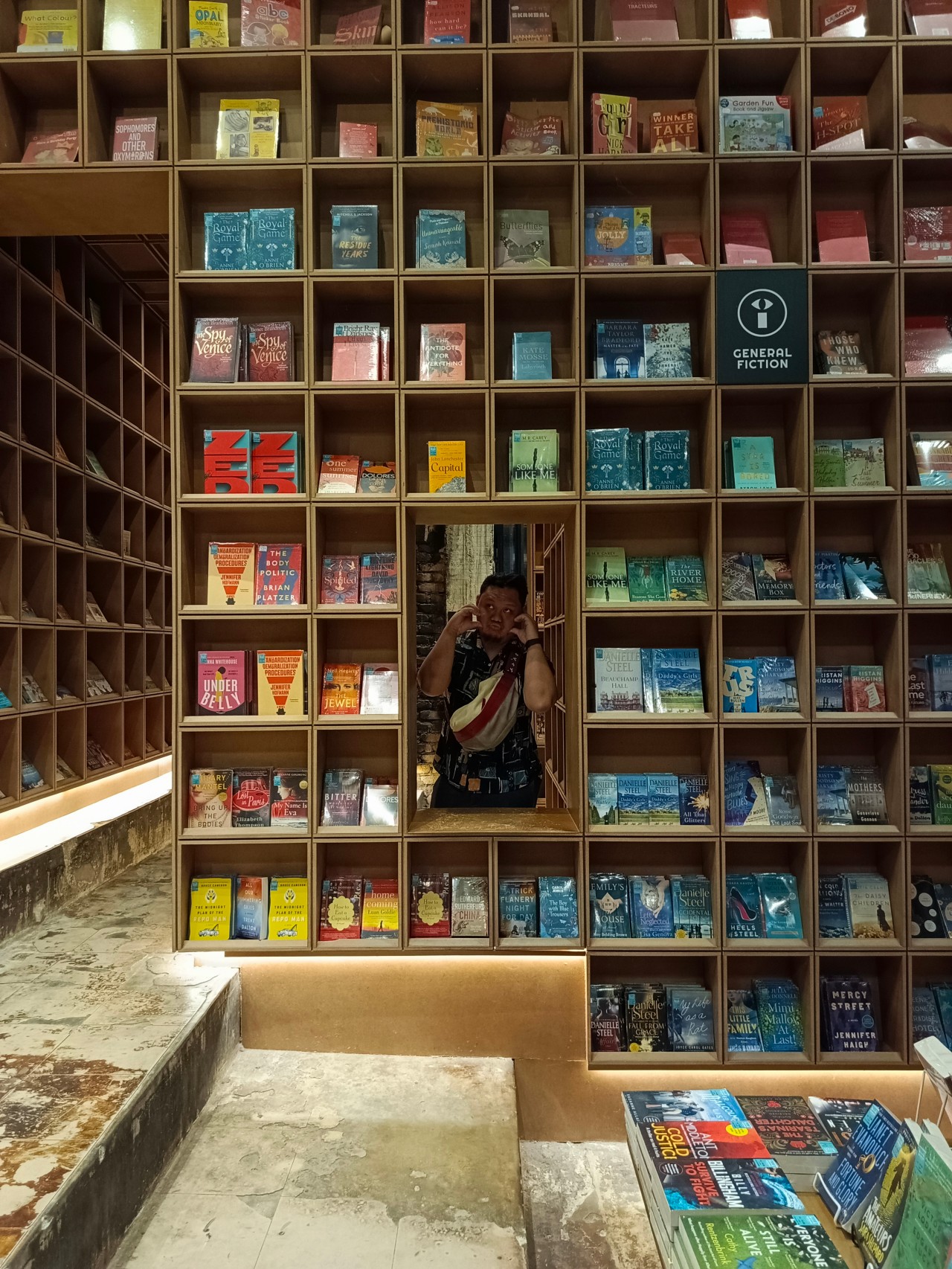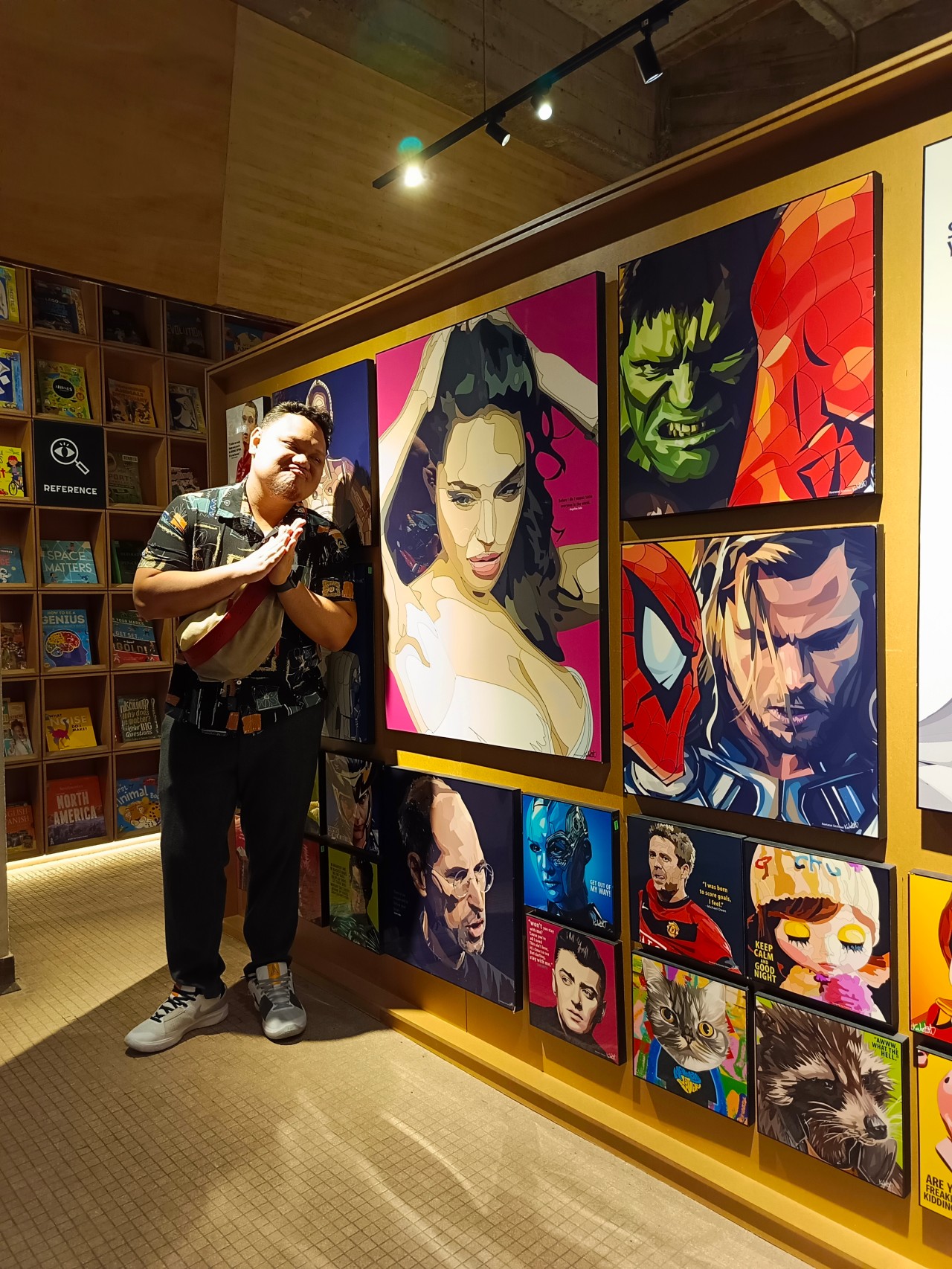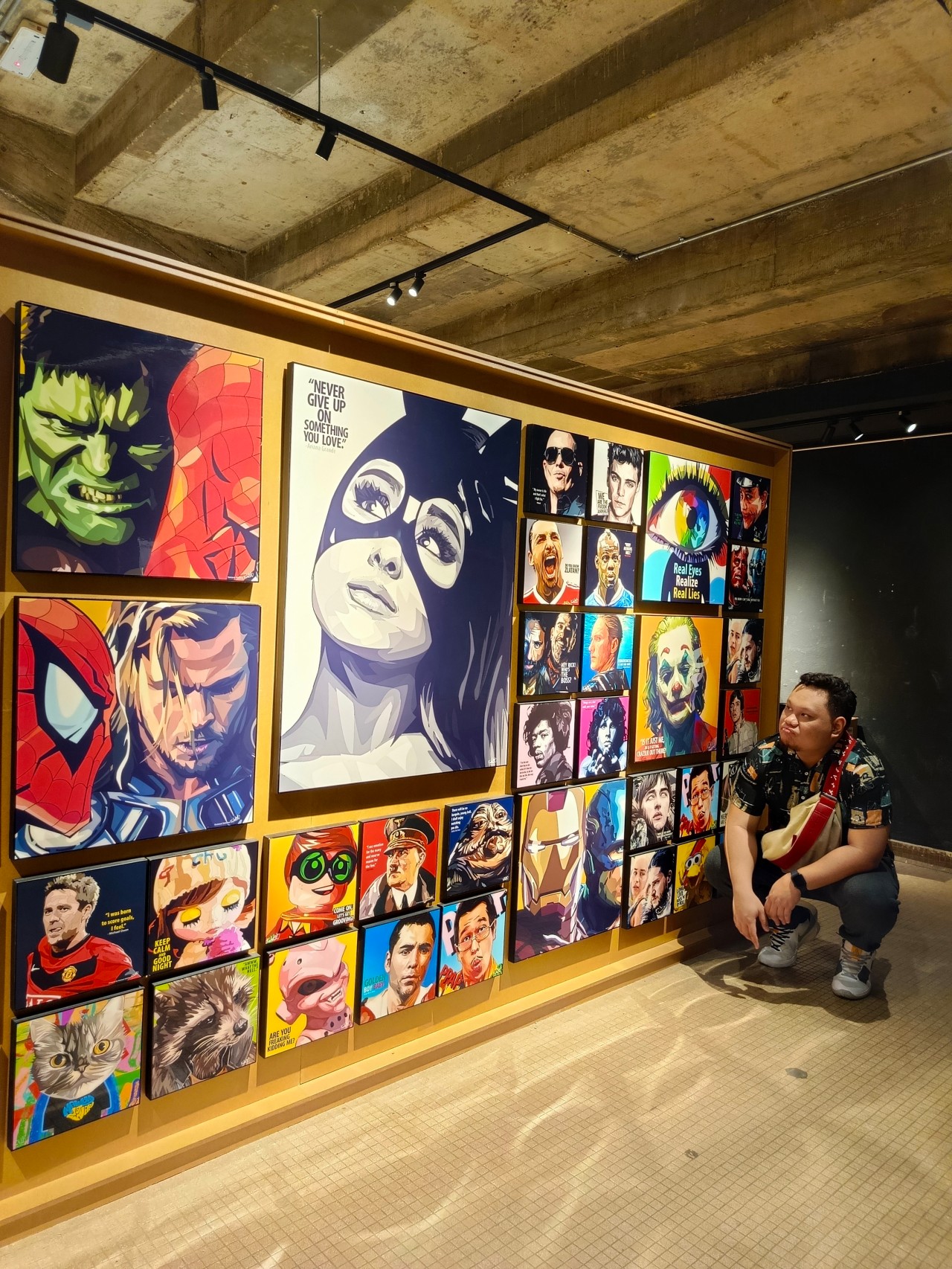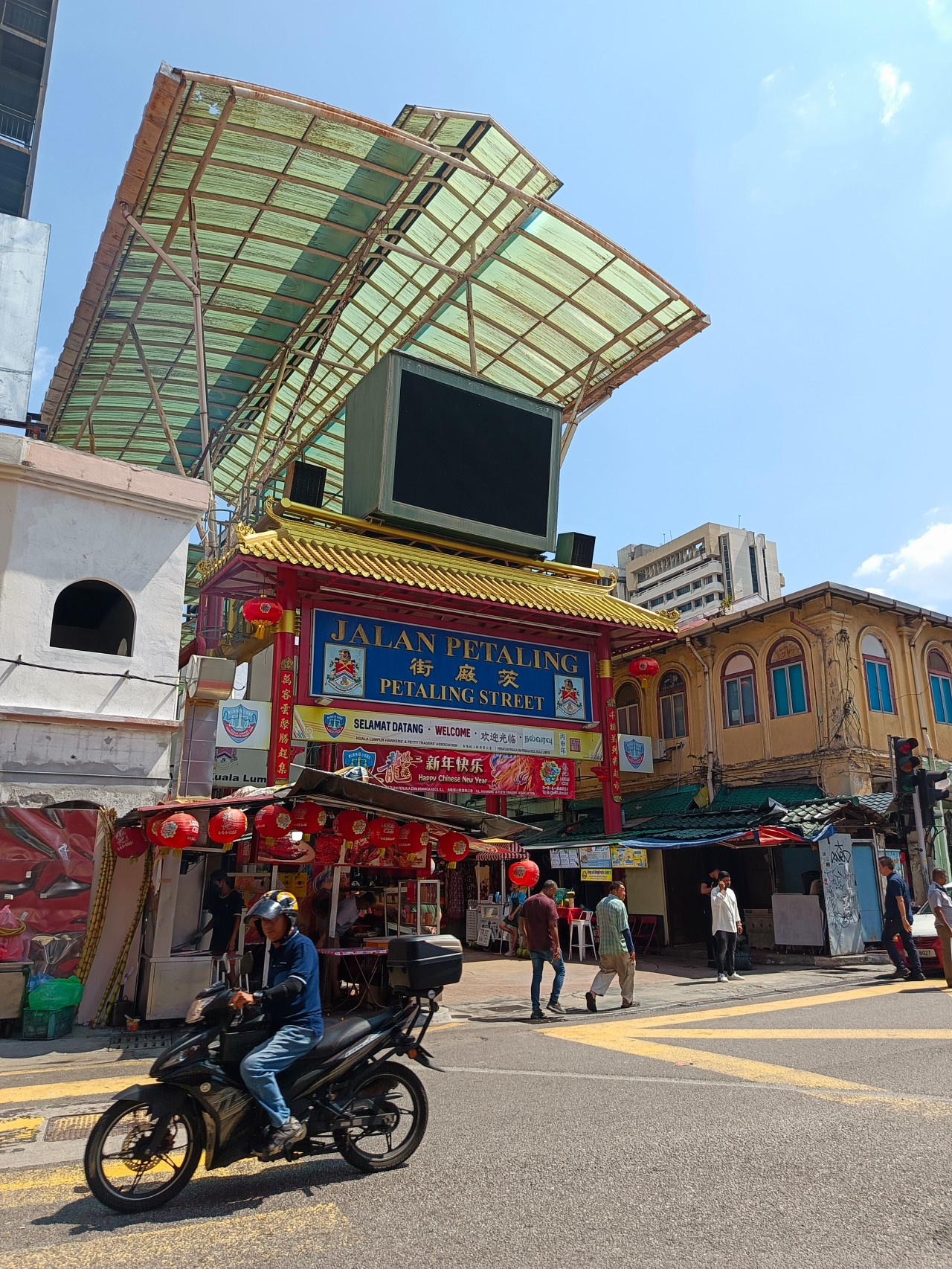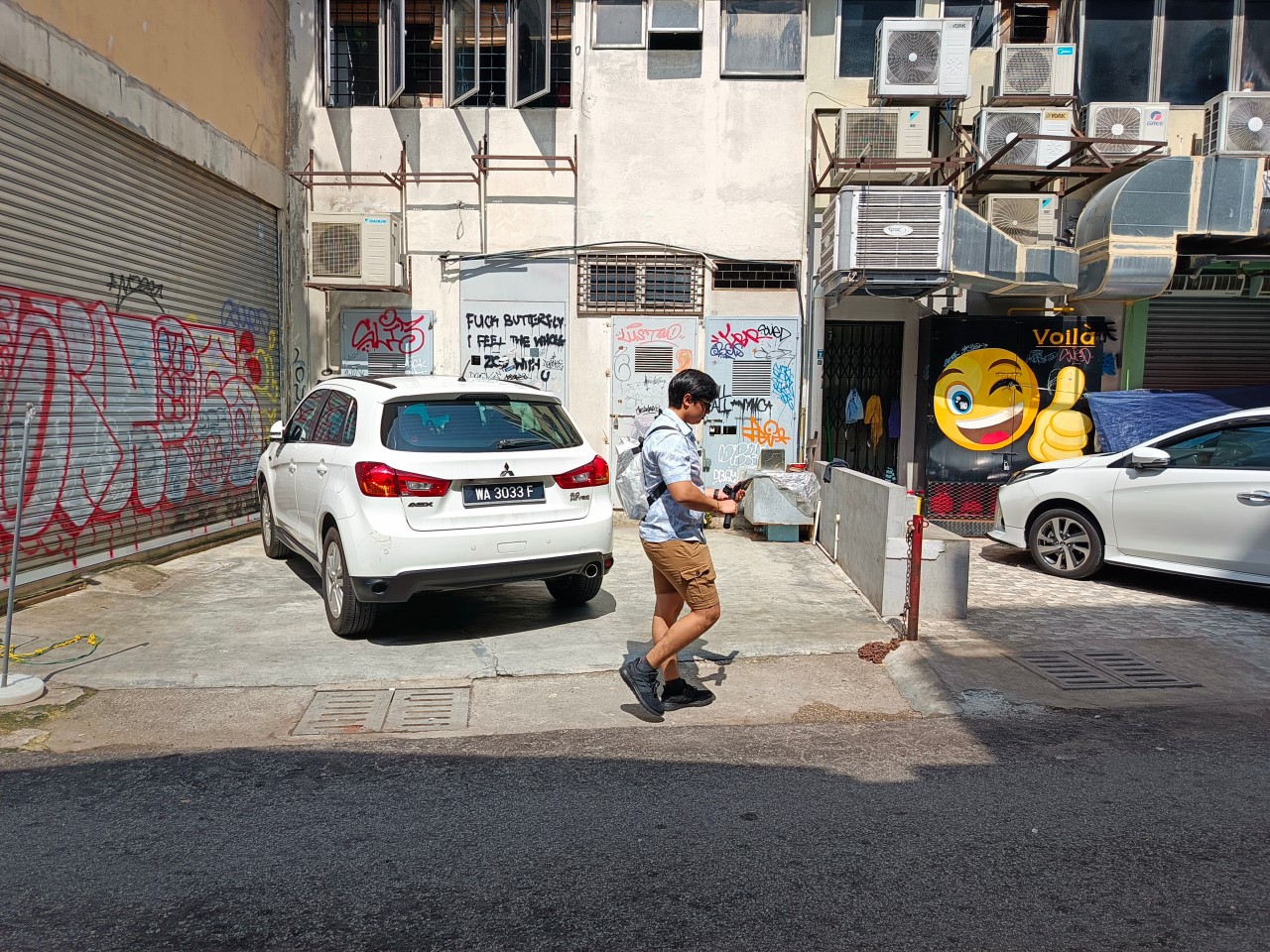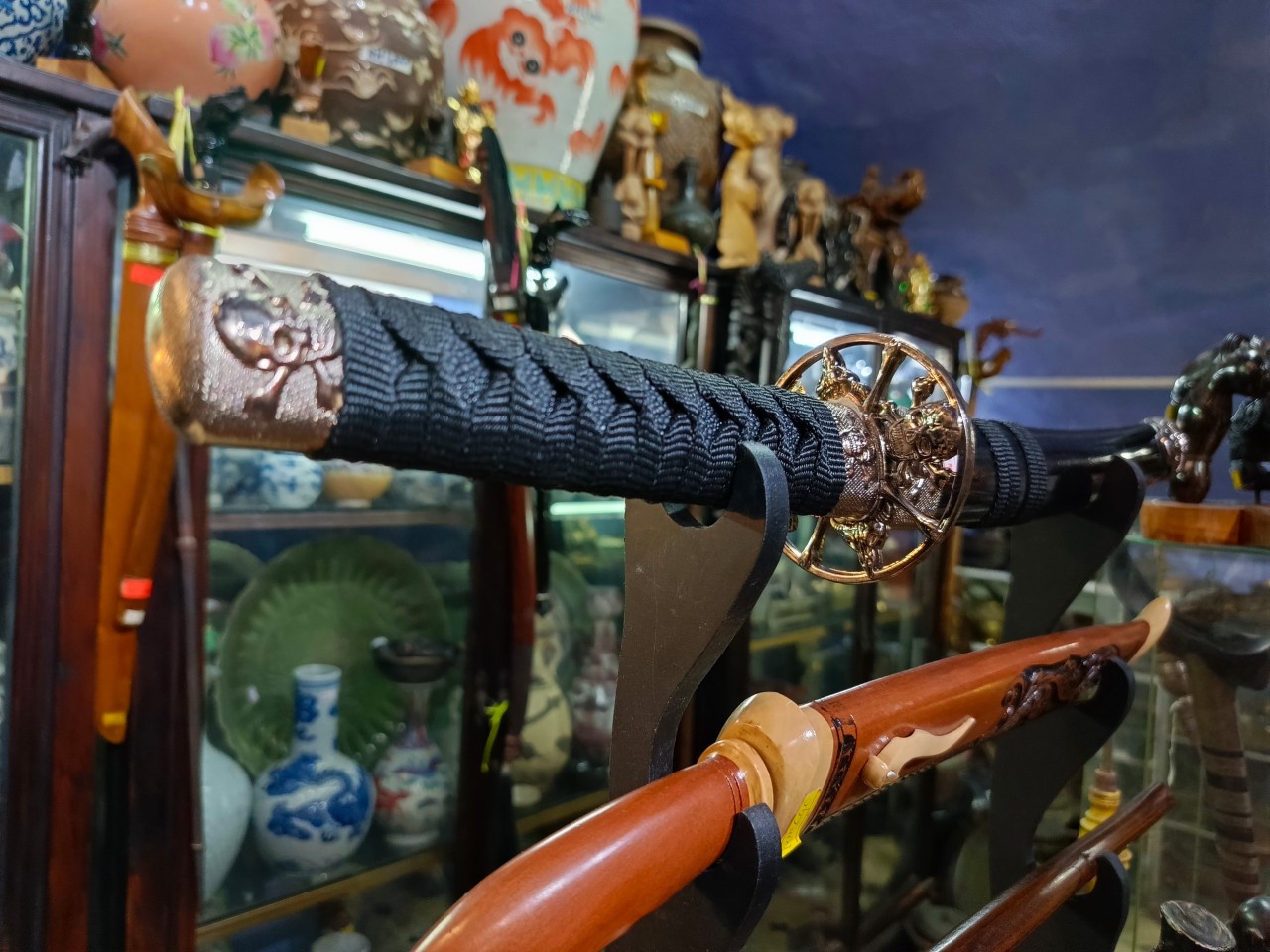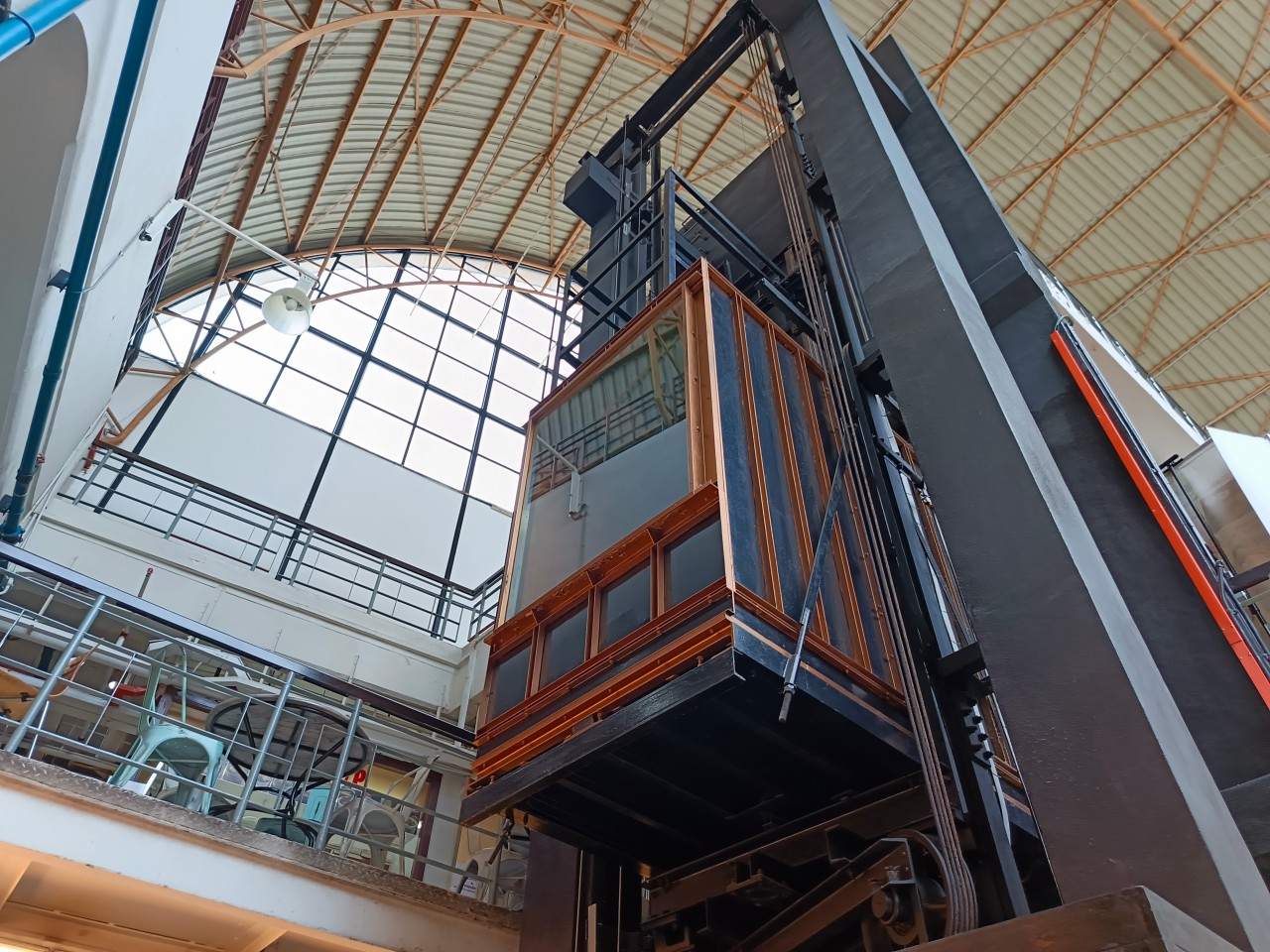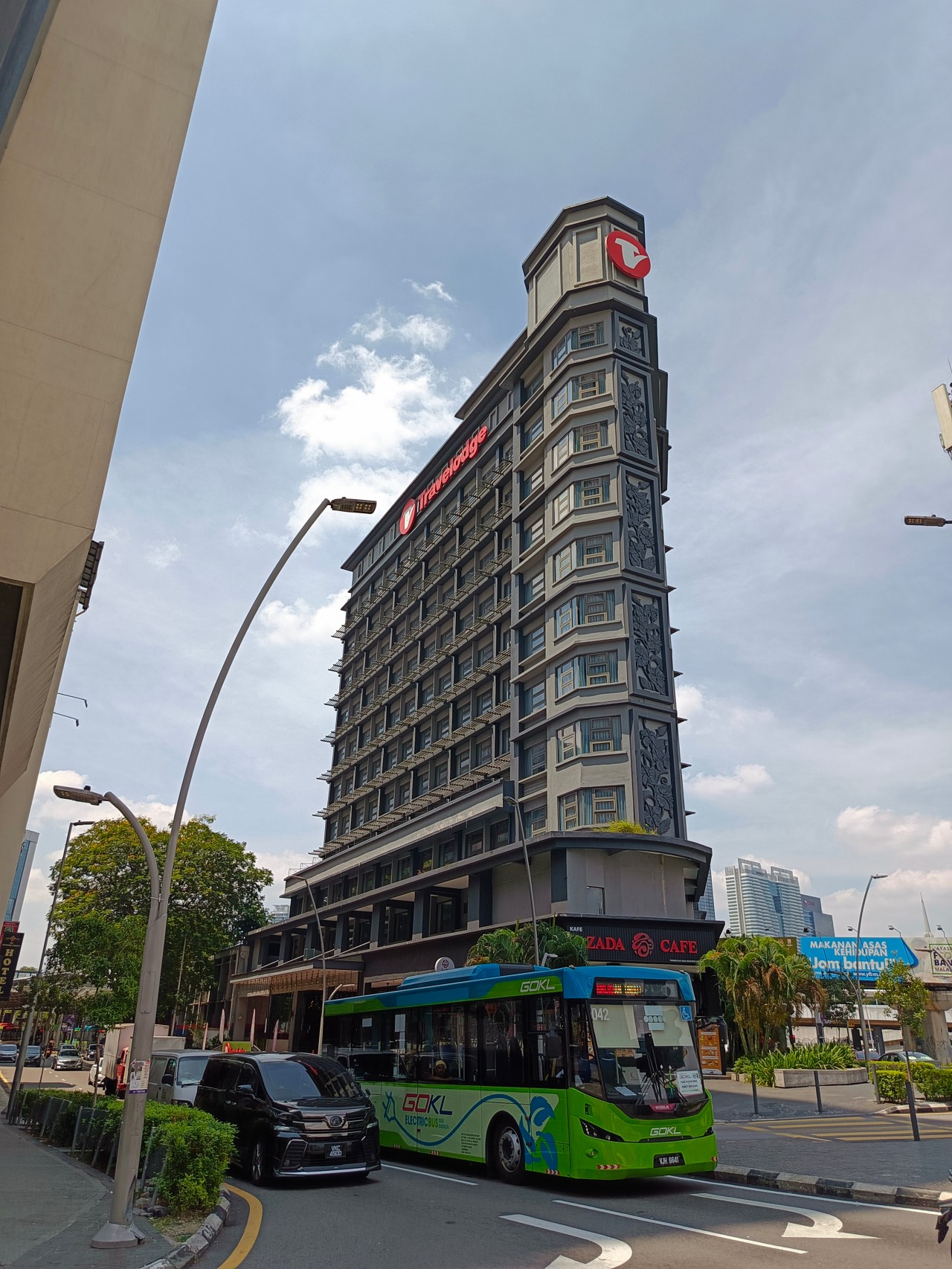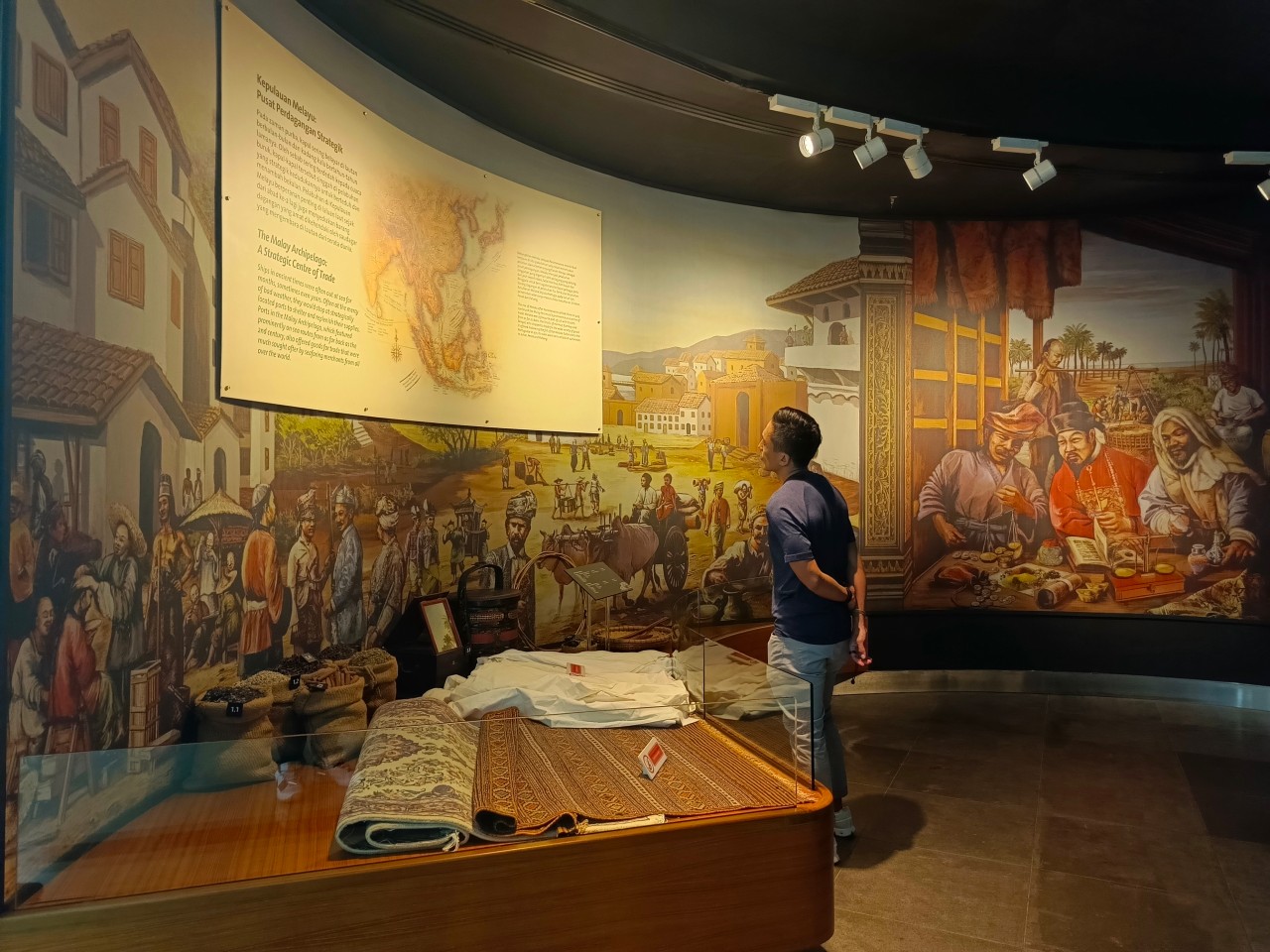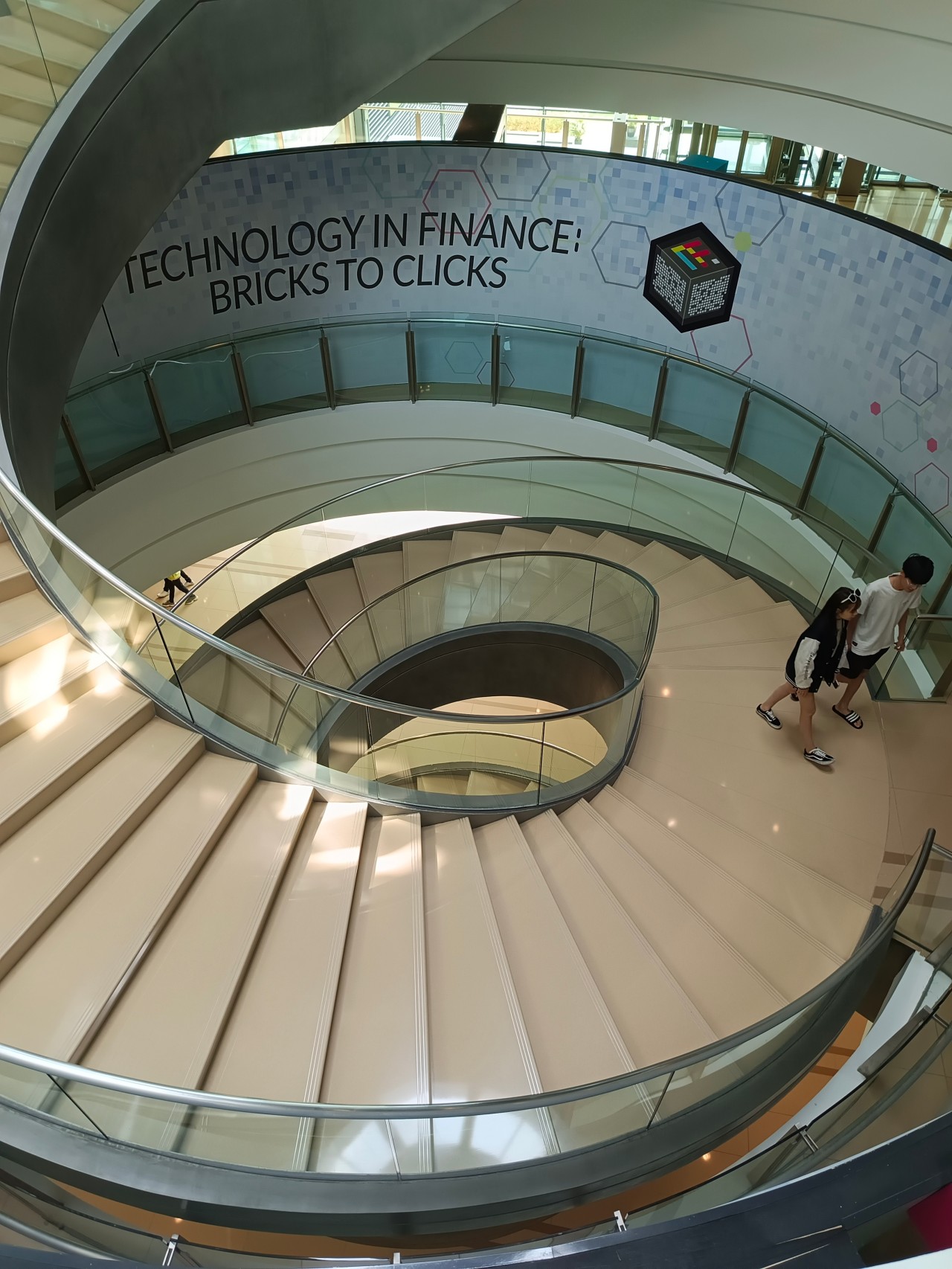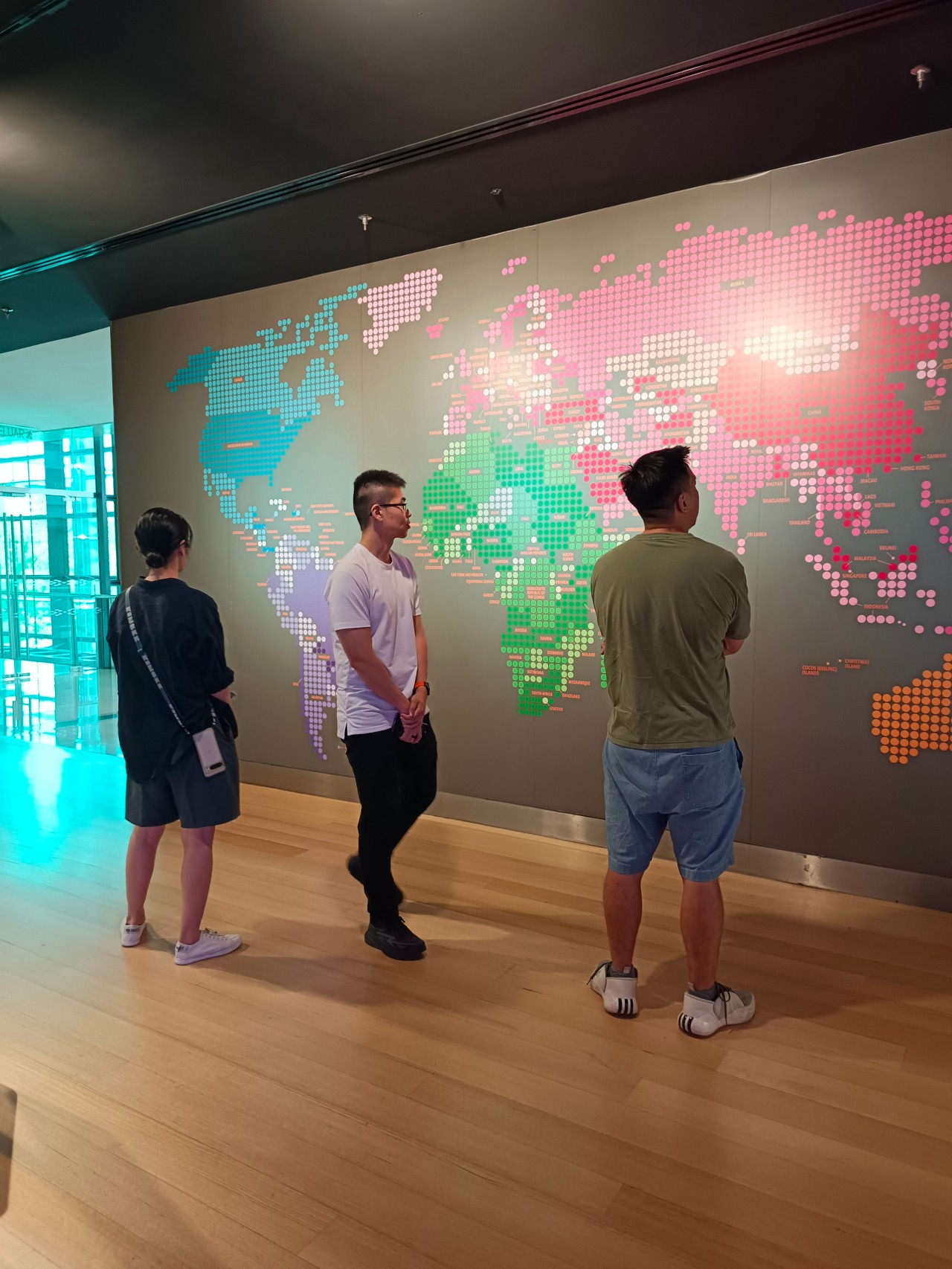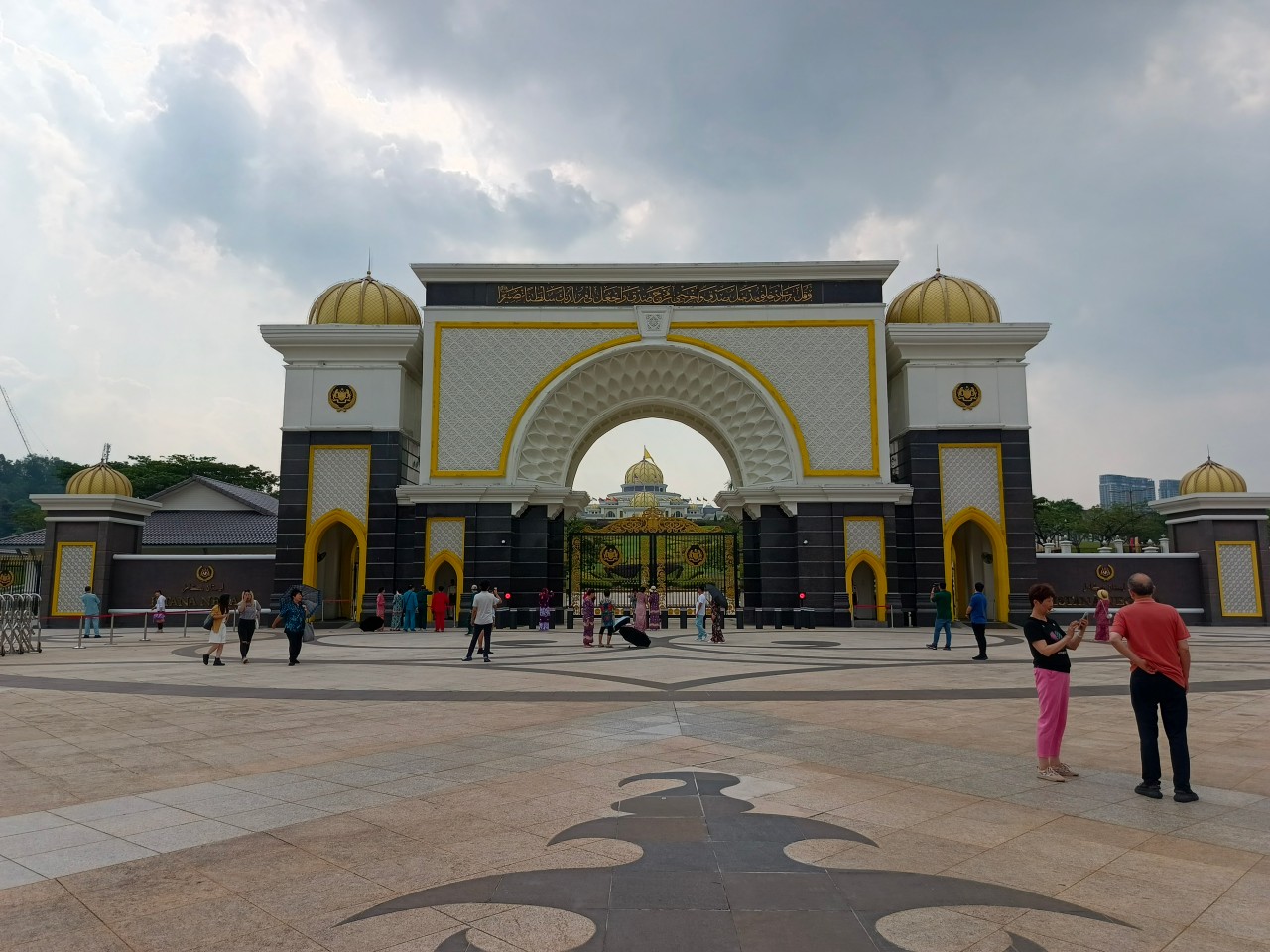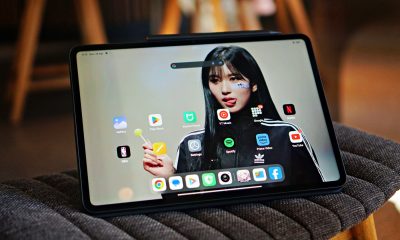

I was supposed to only have about two weeks to a month with the Samsung Neo QLED 4K TV. But the heightened restrictions due to the record number of Coronavirus cases in the Philippines extended that duration. Nearly three months in, and I’m now dreading my life without the TV.
We’ve already discussed at length the various features of the Neo QLED 4K TV — the QN85A model to be exact. In this article made in collaboration with Samsung, we detailed how it’s great for practically anything you’d use your TV for. Whether that’s for chill movie nights, binge-watching TV shows, and even next-gen gaming. This TV has it all.
But here, I’ll detail what it’s really like living with the TV for three months, what I love about it, and what I think Samsung can improve on.
The processor makes a world of a difference
During the time I had the Neo QLED 4K TV with me, we also shot the video for the Samsung Crystal UHD TV. It’s another very good 4K TV offering by Samsung but one that’s a little friendlier to your wallet.
The one thing that jumped out at me is the speed by which I’m able to jump from one app to another, and launch various settings and features so much faster on the Neo QLED 4K TV. Other than the gaming and extra features that I’ll discuss more later on, it’s this very noticeable difference in speed that really hammers home the price gap (Around PhP 70,000/ US$ 1380) between the two.
Of course, there are other factors like the processor, materials used, and all the other extra smart features, but it’s this tiny quality of life addition that I think might be often overlooked when talking about these TVs. It’s also the processor that enables all these other extra features.
Extra feature
Since I’ve already broached on the topic, I figured I might as well discuss one of them here. I’ll jump right ahead to the one extra feature that I found surprisingly fun, if not helpful.
The Samsung Neo QLED 4K TV lets you display images from two different sources at once. It can be any combination of an app, any of the HDMI input sources, and even your smartphone.
Some combinations I’ve used are as follows:
VLIVE + Twitter on my smartphone — Every now and then, my favorite K-Pop idols go live on the VLIVE app. For real-time translations, I rely on the kind-hearted and hard-working KOR-ENG translators on stan Twitter.
PlayStation 5 + YouTube — I once tuned in to a product launch while playing an NBA 2K game. I don’t really need the audio on NBA 2K, especially if it’s just a quick exhibition game. This way, I still got to chill and play while still listening and glancing over the product launch.
Netflix + Analytics app — Some days I just have whatever show running for white noise, and then have Google Analytics show up on the screen so I can monitor the traffic on our website.
Is this burn-in?
What I found most surprising is the burn-in like effect I experienced after coming from Game Mode. It’s silly to think this is actually burn-in as Neo QLED is fundamentally different from OLED.
But during the earlier weeks I spent with the TV, some elements of the pause screens from NBA 2K21 and Ghost of Tsushima: Director’s Cut were left on-screen even after I was done playing.
I reached out to Samsung about this but have yet to receive a response. I’ll update the article when they comment on the matter.
That said, the “after-images” didn’t stick though. My solution was to turn off the TV for about 20-30 minutes. Sure enough, that did the trick. I also didn’t encounter this again towards the tail end of my time with the TV.
Speaking of things no longer happening after using the TV for a while, I experienced a few hiccups with Game Mode. Part of the TV being Smart is knowing when you’re playing or not. It knows when the HDMI for your console is active or not and toggles Game Mode on/off accordingly.
Game Mode glitch
During my first few weeks with the TV, there were instances when I would turn-off the PS5 but the Game Mode remained turned on. You have to dig through the settings menu to turn it off which was a bit of an inconvenience. But after a while, this also stopped happening.
In both experiences, it appears as if the TV learned from my usage pattern and adjusted accordingly. It’s one of the things about it that gives me confidence that the Neo QLED 4K TV gets a little better with time.
Other than the aforementioned, Game Mode delivers as advertised. I hit 4K/60fps consistently and gaming was nothing short of an immersive and cinematic experience.
Cinema at home
Perhaps my favorite thing about the TV, and what people mostly want to get out of their TVs, is the absolute cinematic experience. Especially now that cinemas are still closed in the country. The 55-inch TV was my primary movie companion.
Watching movies old and new from the various available apps — Netflix, Apple TV, HBO Go — was nothing short of a treat. Elevating the experience further is the accompanying Q600A Soundbar. If you’re a huge movie and TV buff, I cannot recommend enough to get a soundbar. The high-quality audio helps in bringing over that audio-visual excellence we miss while movie theaters remain closed.

This photo was taken on an iPhone 11 Pro. See the black bars up top, this is a shot of the TV. It looks this good up close.
I just know the watching experience is gonna be drastically different when I switch back over to my old TV that’s screaming to be replaced. This is peak picture quality the way you want to enjoy it. Whether you like watching exactly as the director intended, or if you’re into that super smooth, hyper-realistic setting you usually see when these TVs are on display, there are more than enough settings here to tweak things to your liking.
UI needs a refresh
Functionally, we’re pretty okay with the TizenOS running on Samsung TVs. But it’s due for a visual refresh. For a TV that’s pushing the edge in features, image processing, and panel quality, the UI is starting to feel dated.
Other than the look, Samsung can also work on getting better, faster access to certain settings. I don’t think this will happen any time soon, but I hope they’re able to apply some design principles from ONE UI to the TV to make it look more modern and feel more smooth.
Worth every penny
Despite detailing some issues with Game Mode, I am still of the firm belief that the Samsung Neo QLED TV is worth your hard earned cash. Whether you go for 4K or push things further with the 8K model, what you’re getting here is a top-of the-line entertainment hub. One that will last you for years.
I’m already having separation anxiety as I type the last few words on this article. I consume a lot of media, and I’ve never had it delivered to me as good, as crisp, and as heart-thumping, as the Neo QLED TV.
It’s a TV I would absolutely recommend to anyone looking to splurge on a really good home entertainment centerpiece.


In case you’re wondering, it’s pronounced /pyu-ra/. And it’s more than just a name change. All four models of the Pura 70 series come with a set of cameras that will make your jaw drop. Though it’s not the most impressive Ultra, the Huawei Pura 70 Pro is still capable of shooting breathtaking photos all by itself.
Arranged like a hidden Mickey, the Pura 70 Pro’s camera island features a triple threat of cameras, highlighted by a vastly improved telephoto lens when compared to the regular model.
- 50-megapixel f/1.4-4.0 25mm main
- 48-megapixel f/2.1 93mm 3.5x optical telephoto
- 5-megapixel f/2.2 13mm ultrawide
A Huawei-filled stay in China
While there are different brands operating in the region, Shenzhen is a much bigger playground for Huawei. The brand maintains multiple flagship stores and a sprawling campus there.
Our first stop was the first global flagship store for Huawei. The building features a huge central area, a lineup of cars, and, of course, spots to try the brand’s latest innovations.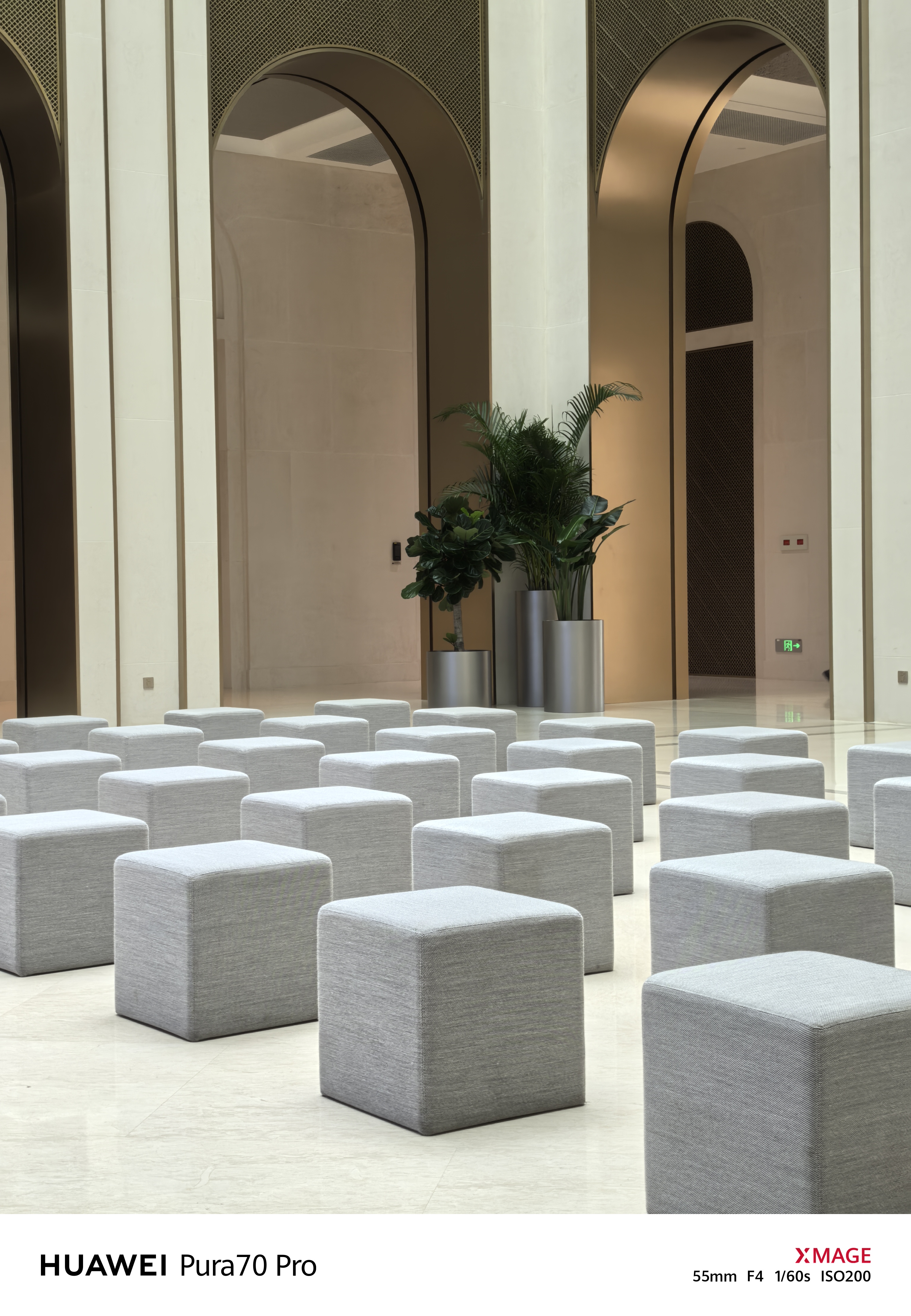
As you’ve probably read from our first impressions, one of the most iconic demonstrations during the entire trip was of a spinning picture disc of a surfer frozen in time by the Pura 70 Pro’s Snapshot mode.
Mixing it up at MixC
While the previous store was impressive, it didn’t show just how popular Huawei was in China. Luckily, our next stop was in the center of a sprawling shopping center called MixC. This location had lots of cafes and shops nearby.
The branch itself features a 24-hour vending machine, a stage for lessons on how to use Huawei’s products, a smart home demonstration, and a third floor for aftermarket solutions (or even just to chill). Take a peep at how many people are in the store to try out Huawei.
Being in the middle of the city, it was also the perfect spot to try out the smartphone’s impressive zooming capabilities. Zooming into the city’s buildings, the camera captured far-away balconies to virtual perfection.
A little bit of nightlife
Speaking of the city, what would a trip be without some local nightlife? Early in the night is filled with commuters going home, night vendors peddling their wares, and lots of motorcycles.
Though the city sleeps earlier than more bustling metropolises, Shenzhen’s late night still makes for some subdued scenes and gentle nightscapes.
Oh, and how about some astrophotography?
Huawei’s campus or a European wonderland?
The next day, we went to Huawei’s massive headquarters in Shenzhen. Now, to call it “massive” is still an understatement. Supported by its own transit system, the campus features multiple “regions” inspired by architecture from different European countries.
Oh, and in case you missed it, yes, it has its own train. Excuse us; it’s time to head to Hogwarts.
There’s a big lake that boats can pass through. And, if you’re lucky enough, you might be able to spot a few black swans swimming around.
Goodbye, China
Unfortunately, all good trips must come to an end. We’re not saying goodbye until we use the Pura 70 Pro up, up in the air, though.
How impressive can a camera get?
A few years ago, I used the Huawei P20 Pro as my daily driver. Since then, I’ve moved on to the Google Pixel 6, a capable shooter in its own right. However, the Pura 70 Pro just made me fall in love with smartphone photography — nay, photography, in general — all over again.
The camera is just a beast in most shooting conditions. Plus, the AI-based enhancement is the cherry on top. Because the enhancements take a second, you can quickly see a before-and-after comparison. Some adjustments are minute, but they’re all substantial enough to make all the difference. Plus, you can barely notice the manipulation.
Okay, granted: it’s not perfect. There are some shots where the AI enhancement is more blatant. It also favors warmer hues in some conditions. But overall, it’s an amazing camera that I’m having a blast experimenting with.
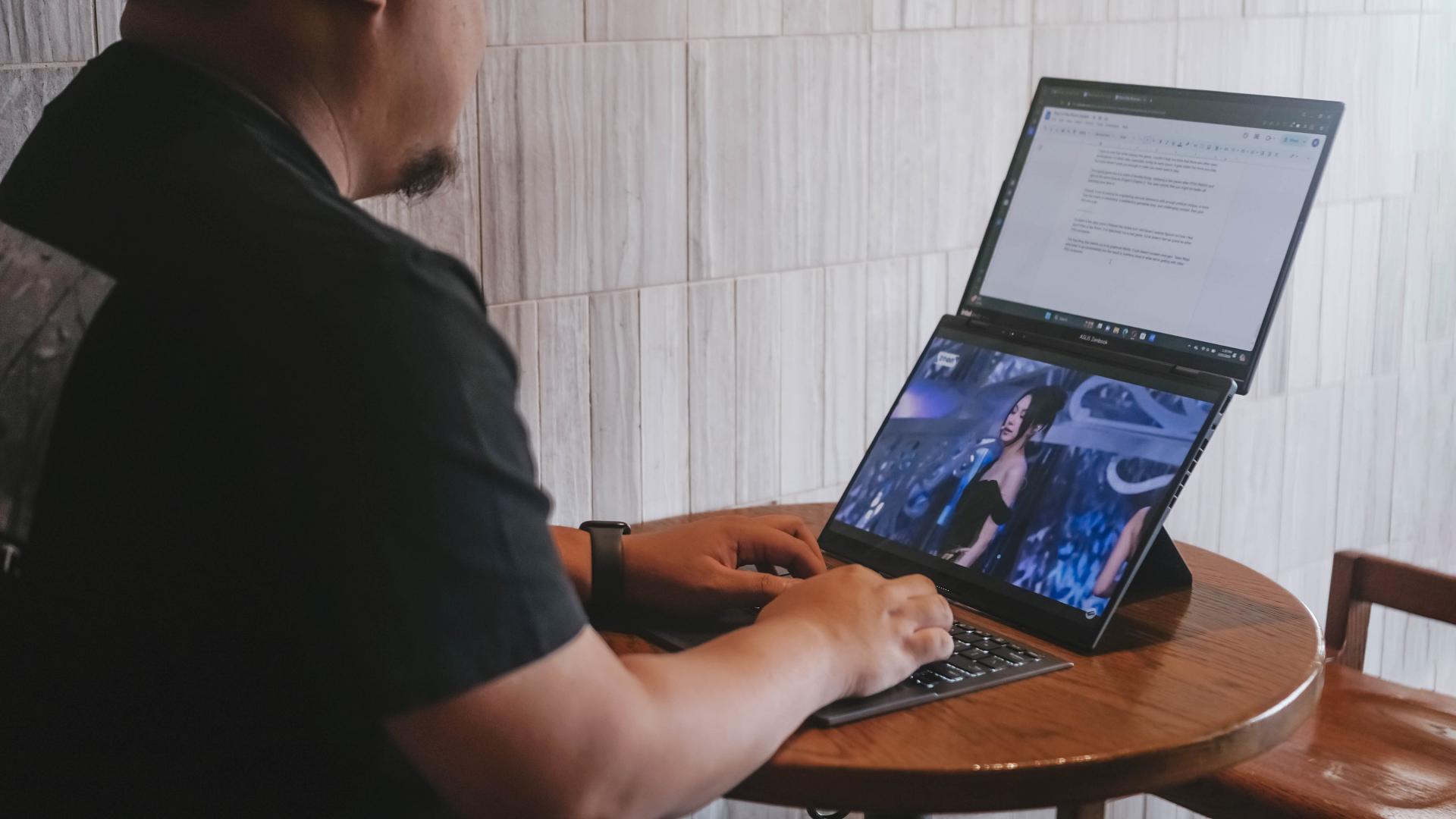
We are fans of what ASUS did with their latest dual screen offering — the ASUS Zenbook DUO 2024. The Zenbook Duo isn’t exactly new. ASUS has been adding extra screens to their laptops whenever they can — but never quite like this.
You see, ASUS managed to put a literal second display but still make it compact enough to fit most bags with provision for 14-inch laptops. As cliché as it sounds, the Zenbook DUO 2024 is an engineering marvel.
However, it’s more than just a gimmick. In our review, we noted how the form factor lent to a slight boost in productivity despite us not maximizing the product just yet. With that, let us share with you our favorite things about the ASUS Zenbook DUO 2024.
A unique mode for every scenario
A built-in, sturdy kick-stand unlocks the many possibilities available to the Zenbook DUO 2024. Some of the modes are: Laptop, Dual Screen, Desktop, and Sharing.
Each one lends itself nicely to different work and media consumption scenarios. Don’t feel like showing off? Keep things discreet and save some battery life with laptop mode.
Need two screens? Switch to either Dual Screen or Desktop mode to take advantage of more screen real estate.
Presenting something to someone across the table? Sharing mode lays the laptop flat allowing for easier viewing.
The ability to morph to different modes depending on your needs is astounding. The best thing is that it is both functional and can serve as an ice breaker.
Oh and we’ll never tire of sharing how the Desktop mode is perfect for watching two K-Pop fancams at the same time.
Screen Xpert for the dual displays
This form factor won’t work without the right software support backing it. To that end, ASUS made Screen Xpert. What it does is essentially let you adjust the layout of the apps according to your needs.
You can have up to four (4) apps live viewed at the same time. For our part, we usually only divided the screen to two, using one to reference a review guide or press release while writing news articles and/or reviews.
But if you’re monitoring certain things, this will be pretty helpful having multiple windows laid out right away to get a quick overview of things is a godsend.
The best thing is that a lot of these functions work intuitively. There’s a single button you can press to easily switch what’s displayed on the two screens.
If you want more granular control, you can have the Screen Xpert floating bar ready at your disposal. Here you can control the brightness level of each screen individually. You also have the ability to change the orientation of each screen to your liking.
There are also App Switcher and App Navigator functions to give you a better, more seamless way to layout the apps you use so that it’s most efficient for your needs.
AI, Copilot, and more
Something we didn’t mention much in the review is how the laptop is built with the AI age in mind. Powered by Intel Core Ultra 7 155-H, this thing is equipped with an NPU chip to aid in on-device AI tasks.
There’s stuff that happens in the background like making sure the AI-related tasks are processed with the NPU while the main CPU handles the rest. In the simplest terms, the Intel Core Ultra 7 is smart enough to delegate a task to the chip that will best execute it. That results in a more optimized overall performance.
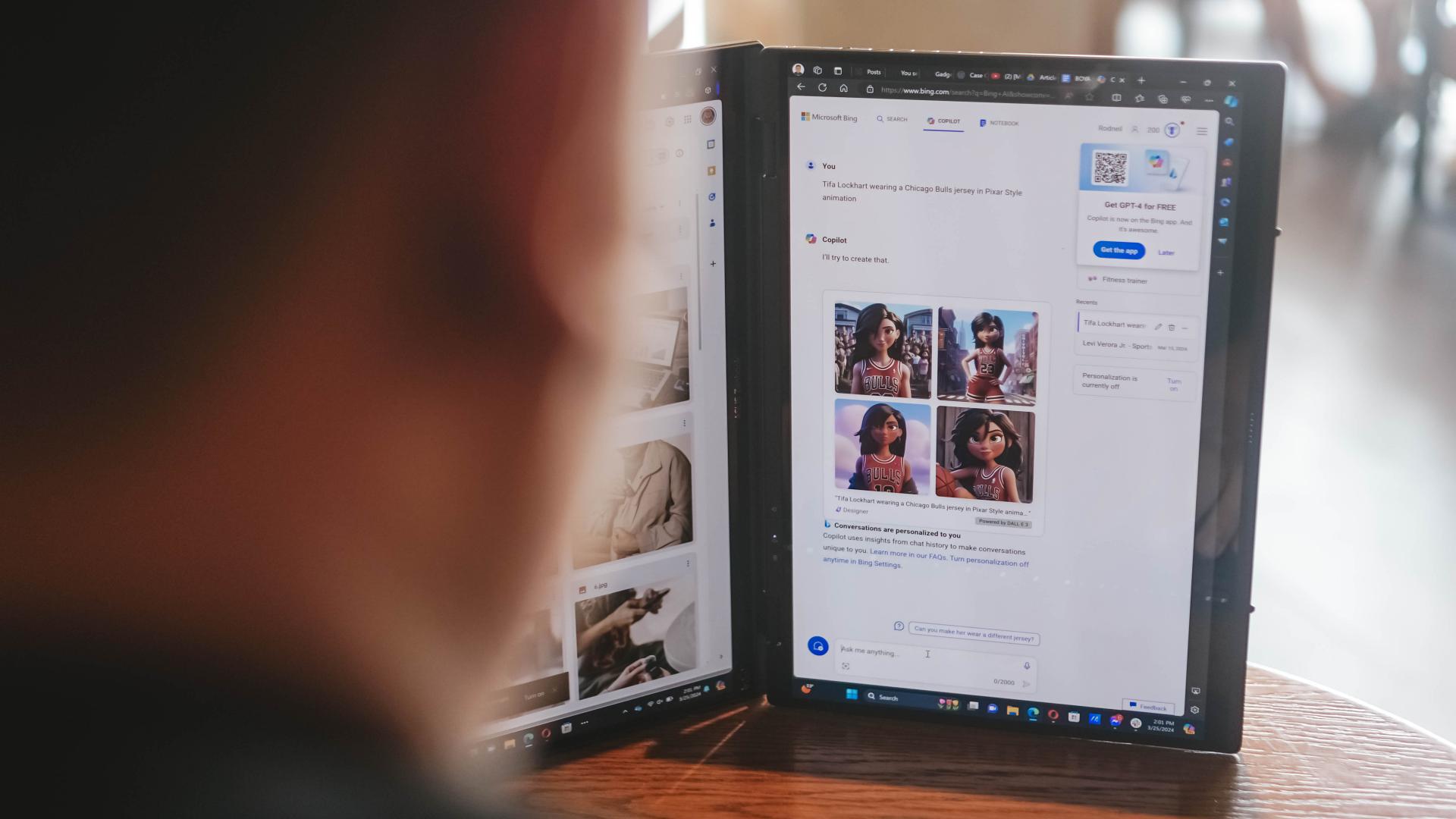
Copilot is one of the biggest AI additions to any Windows machine. The possibilities are close to limitless. For our part, we’ve only really played around with Copilot Designer. But there’s so much more that you can do with it. Just remember to always check the results. Every AI output still needs a human touch.
AI is also present in other functions like noise cancellation and the camera. AI Noise Cancellation makes sure you can hear and be heard no matter what scenario you’re in. It’s perfect for remote workers who do not exactly have control over their immediate surroundings.
Meanwhile, AiSense Camera works not only as a Full HD IR camera. It also automatically detects the lighting levels in your environment and adjusts brightness levels accordingly. You also get functions like auto-framing and background blur. Lastly, there’s the slightly creepy Eye Contact feature that locks your gaze to the camera. It can be a bit disorienting so maybe pick the occasions when you’ll use it.
GlideX
Working beyond this dual screen laptop? ASUS also made sure to equip the Zenbook DUO 2024 with software that makes adding even more screens a no-sweat task.
With GlideX you can easily connect your Zenbook DUO 2024 with smartphones, tablets, or even another PC. Even better, it’ll give you the option to control everything from a single device.
DUO more
For a first-of-its-kind device, the ASUS Zenbook DUO 2024 is pretty darn polished. That’s thanks largely to the company experimenting with dual screens long before releasing this dual screen machine.
The Zenbook DUO 2024 literally lets you do more, providing options for flexibility that will help you optimize your workflow so you can finish your tasks more efficiently. This is more than just a gimmick device, it’s actually helpful and that’s because ASUS took the time to fit it with the proper software support.
More on the ASUS Zenbook DUO 2024 here.
This feature is a collaboration between GadgetMatch and ASUS Philippines.
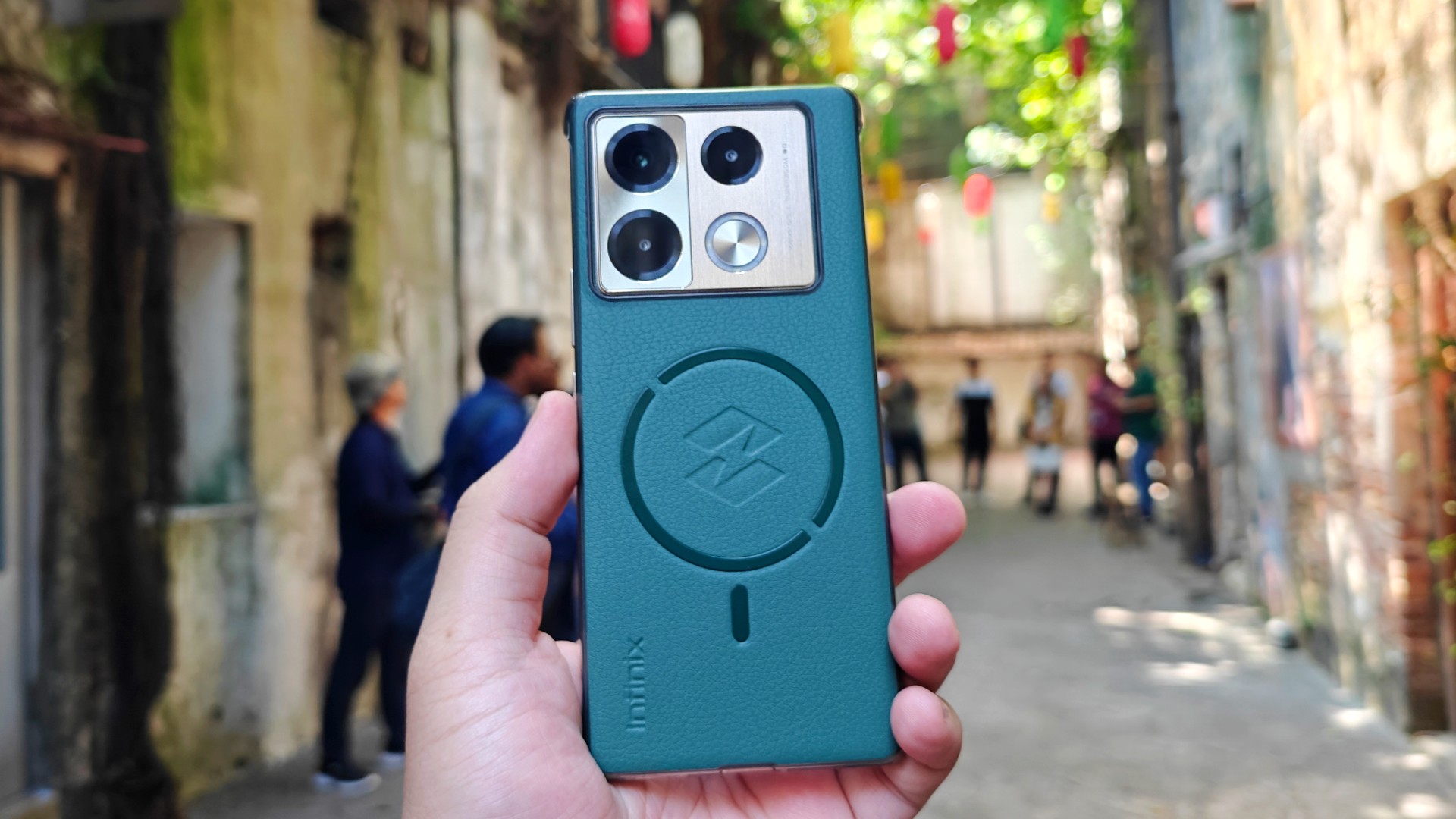
The Infinix Note 40 Pro+ 5G prides itself in its charging technologies. But what about its camera capabilities? Well, here’s a quick round-up of the many photos we took around the time the Note 40 series was launched in Kuala Lumpur Malaysia.
The NOTE 40 Series features a 108MP main shooter with 3x Lossless Superzoom. It also has OIS for steadier shots when taking videos.
The edits applied to the photos here only some resizing and cropping to make the page easier to load. Take a look at all these sample shots
Infinix Note 40 Pro series launch day
Kwai Chai Hong/ ‘Little Ghost Lane’
Petaling Street (Chinatown)
In and around Central Market
Bank Negara Malaysia Museum and Art Gallery
Istana Negara entrance
Merdeka Square
Malaysian Bak Kut Teh and more
Petronas Twin Towers at night
Steady shooter
The Infinix Note 40 Pro+ 5G isn’t a stellar shooter. But at its price point, it’s pretty darn decent for capturing different scenarios. Take these photos into some editing software and you can certainly elevate their look.
The NOTE 40 Pro+ 5G is priced at PhP 13,999. It may be purchased through Infinix’s Lazada, Shopee, and TikTok Shop platforms, where customers can get up to PhP 2,000 off. Additionally, the first 100 buyers can get an S1 smartwatch or XE23 earphones. Alternatively, customers may opt for the Shopee-exclusive NOTE 40 Pro (4G variant) for PhP 10,999.
-

 Reviews1 week ago
Reviews1 week agorealme 12 5G review: It was enchanting to meet you
-

 Buyer's Guide2 weeks ago
Buyer's Guide2 weeks ago2024 Samsung TV: Buyer’s Guide
-

 Reviews2 weeks ago
Reviews2 weeks agoJBL Soundgear Sense review: Make every run magical
-

 Reviews3 days ago
Reviews3 days agoOnePlus 12R review: Making sense of OnePlus’ latest flagship
-
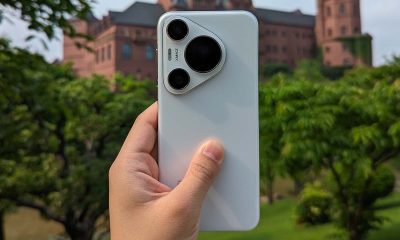
 Smartphones2 days ago
Smartphones2 days agoHuawei Pura 70 Pro Unboxing and First Impressions
-

 Reviews2 weeks ago
Reviews2 weeks agoChallengers review: A thrilling drama wrapped as a tennis anime
-
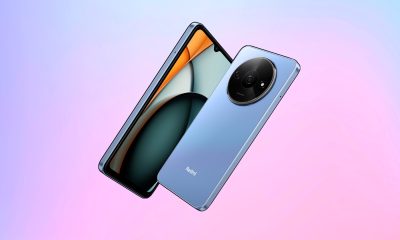
 News1 week ago
News1 week agoXiaomi Redmi A3 Philippine pricing, availability
-
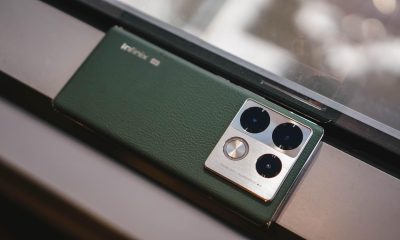
 Smartphones1 week ago
Smartphones1 week agoInfinix NOTE 40 Pro+ 5G: Philippine pricing, availability


